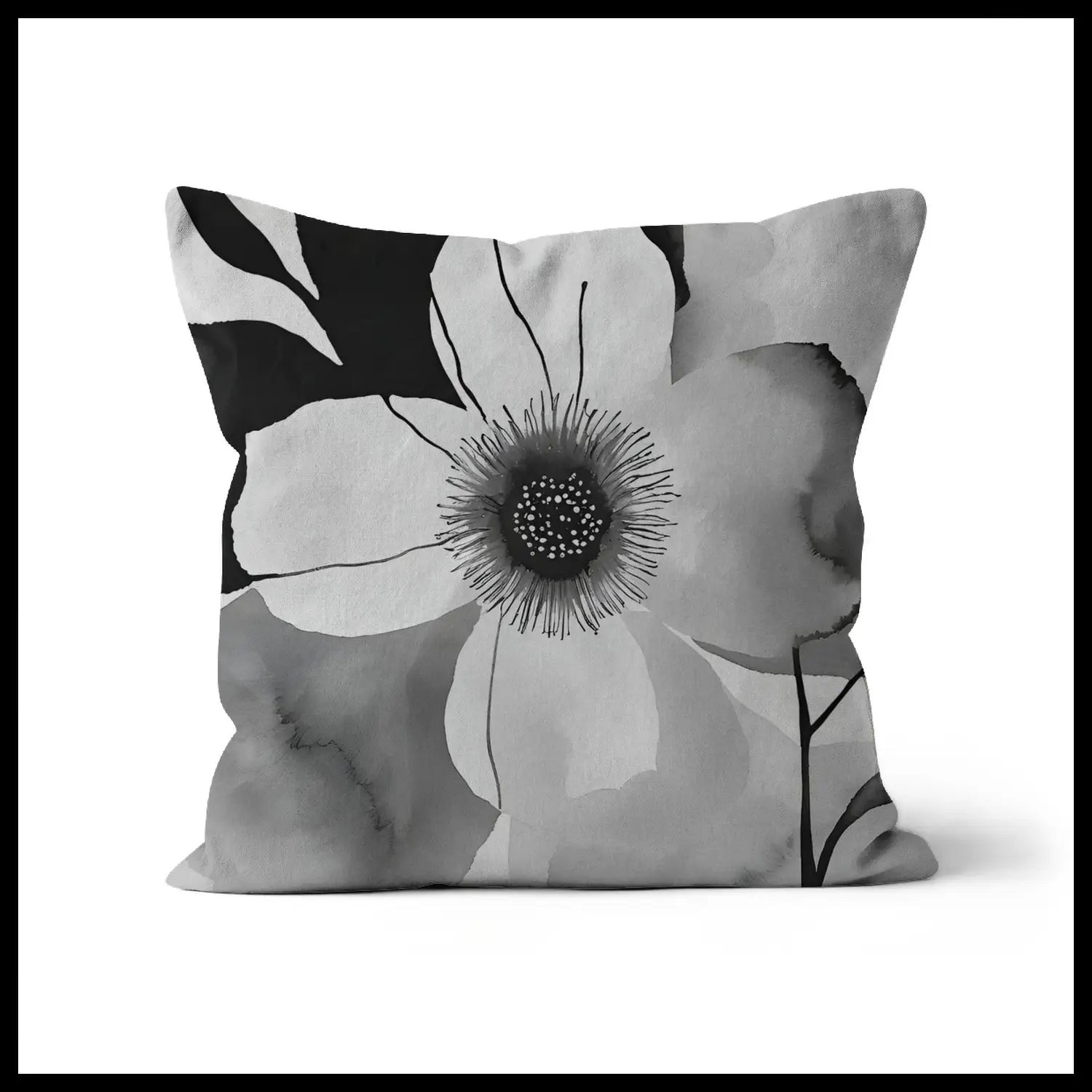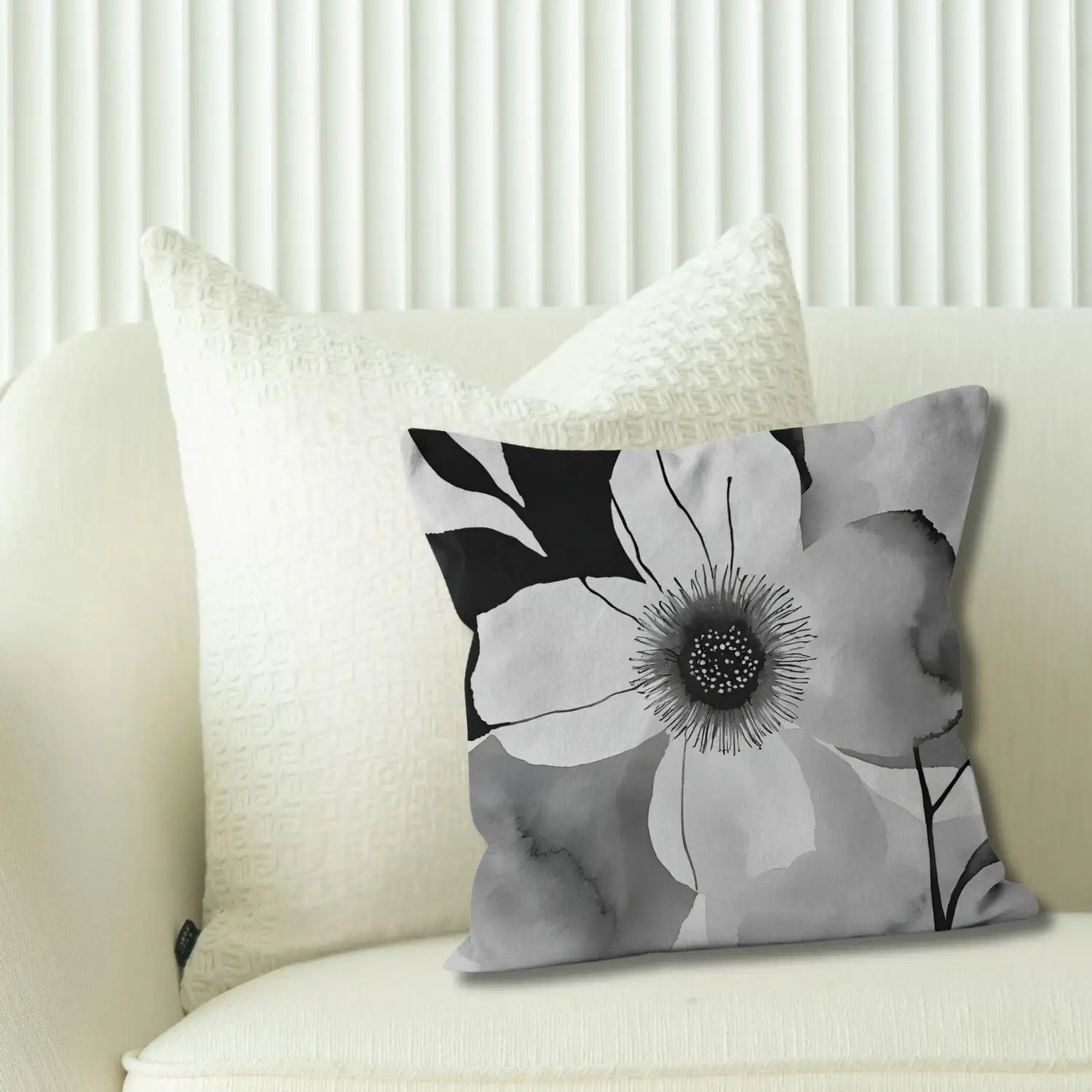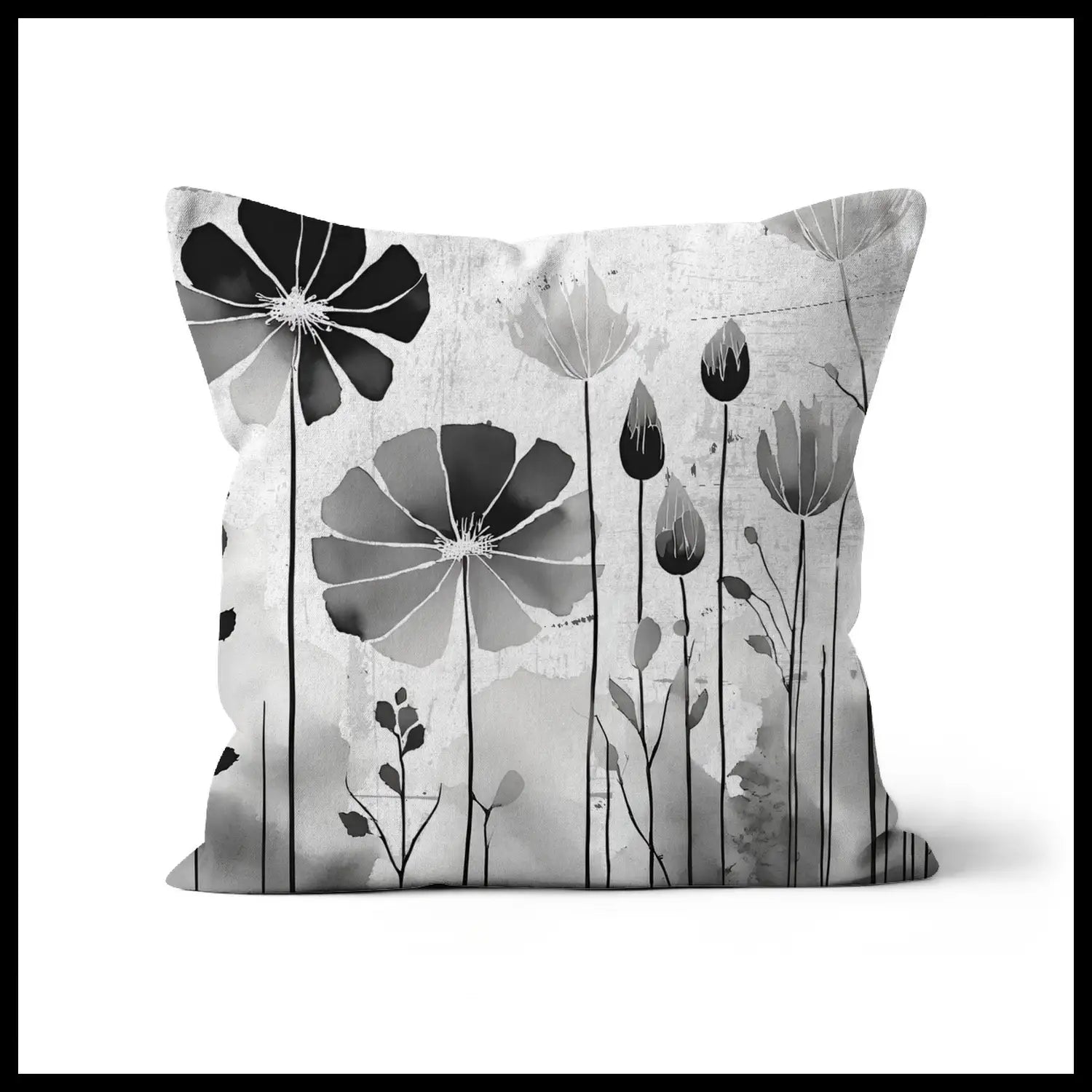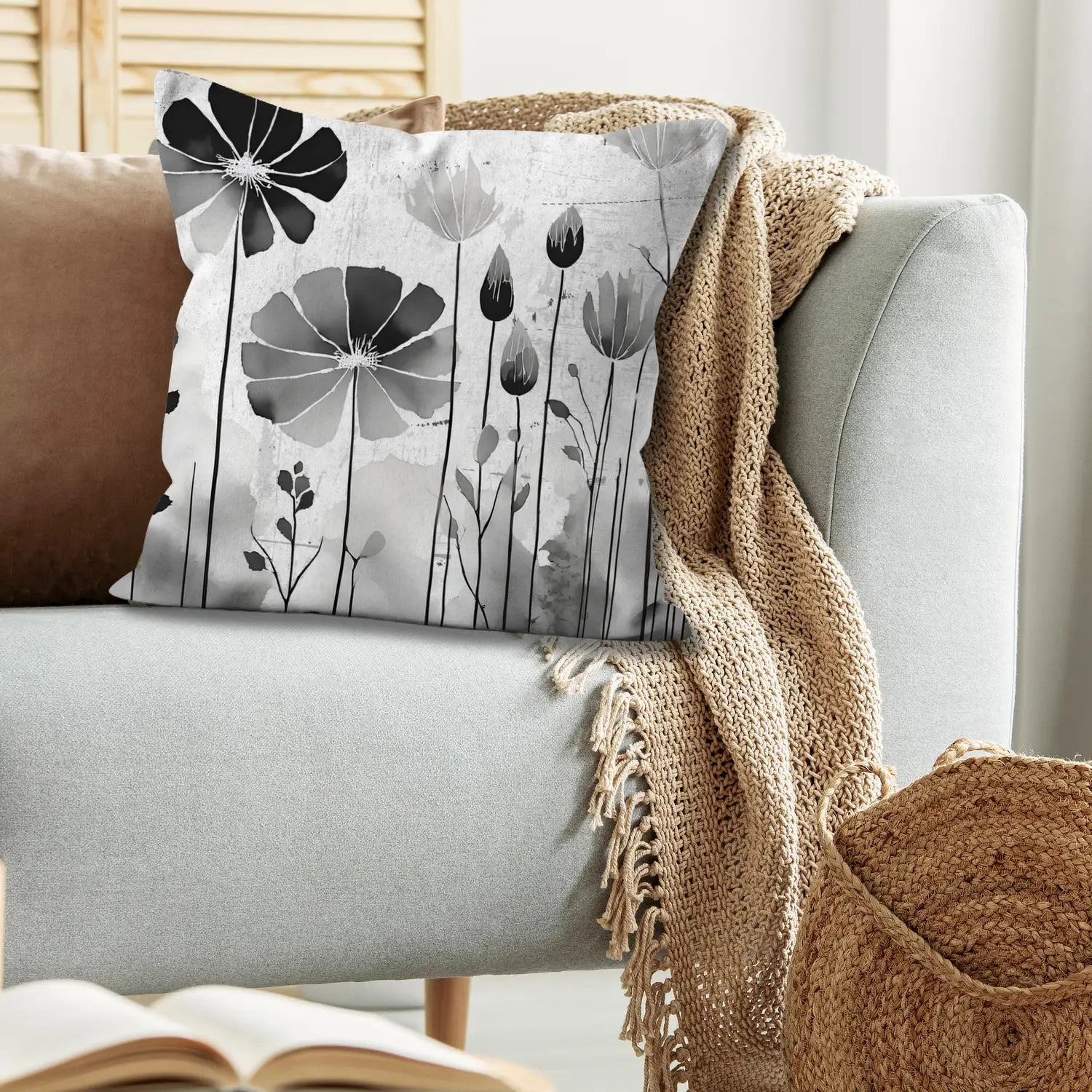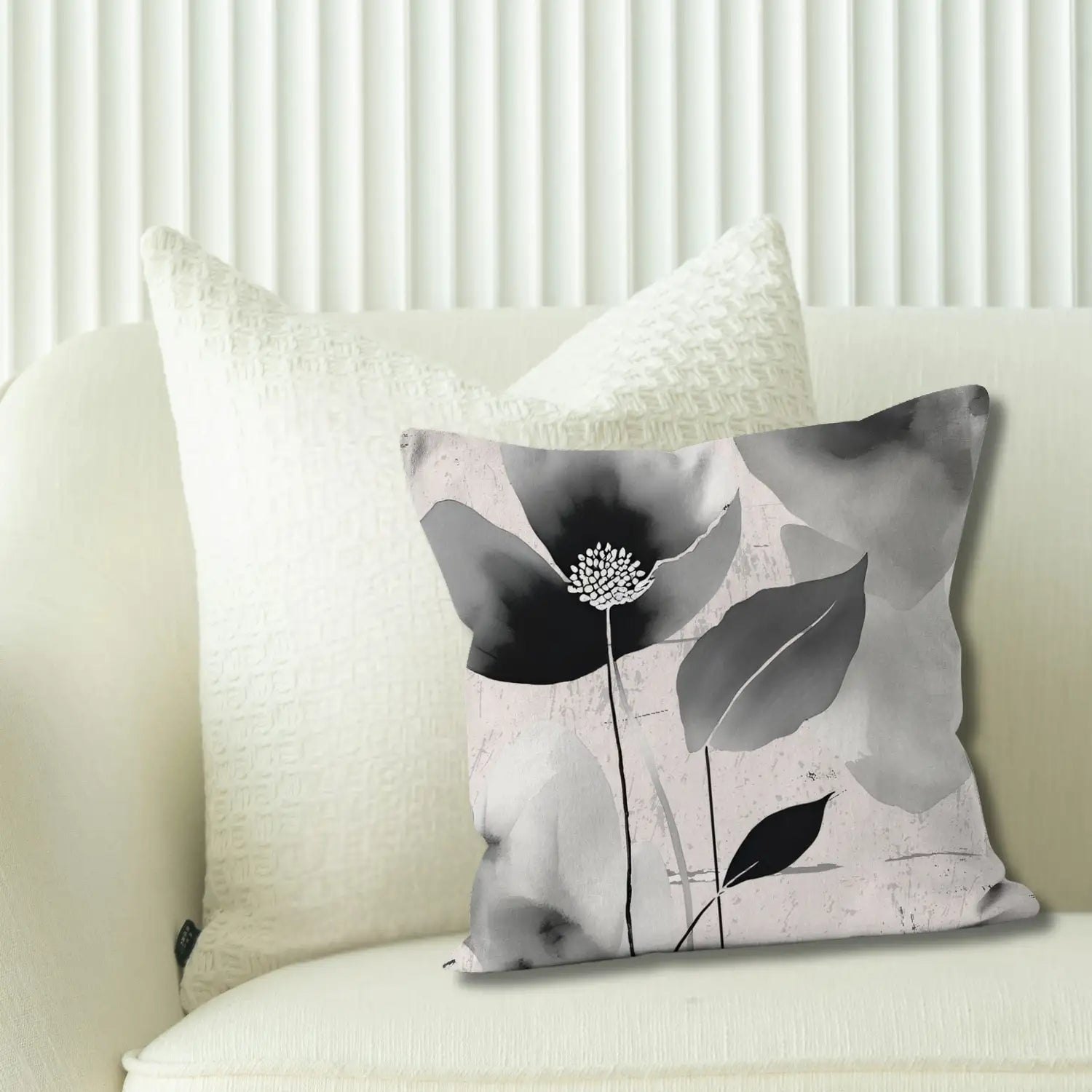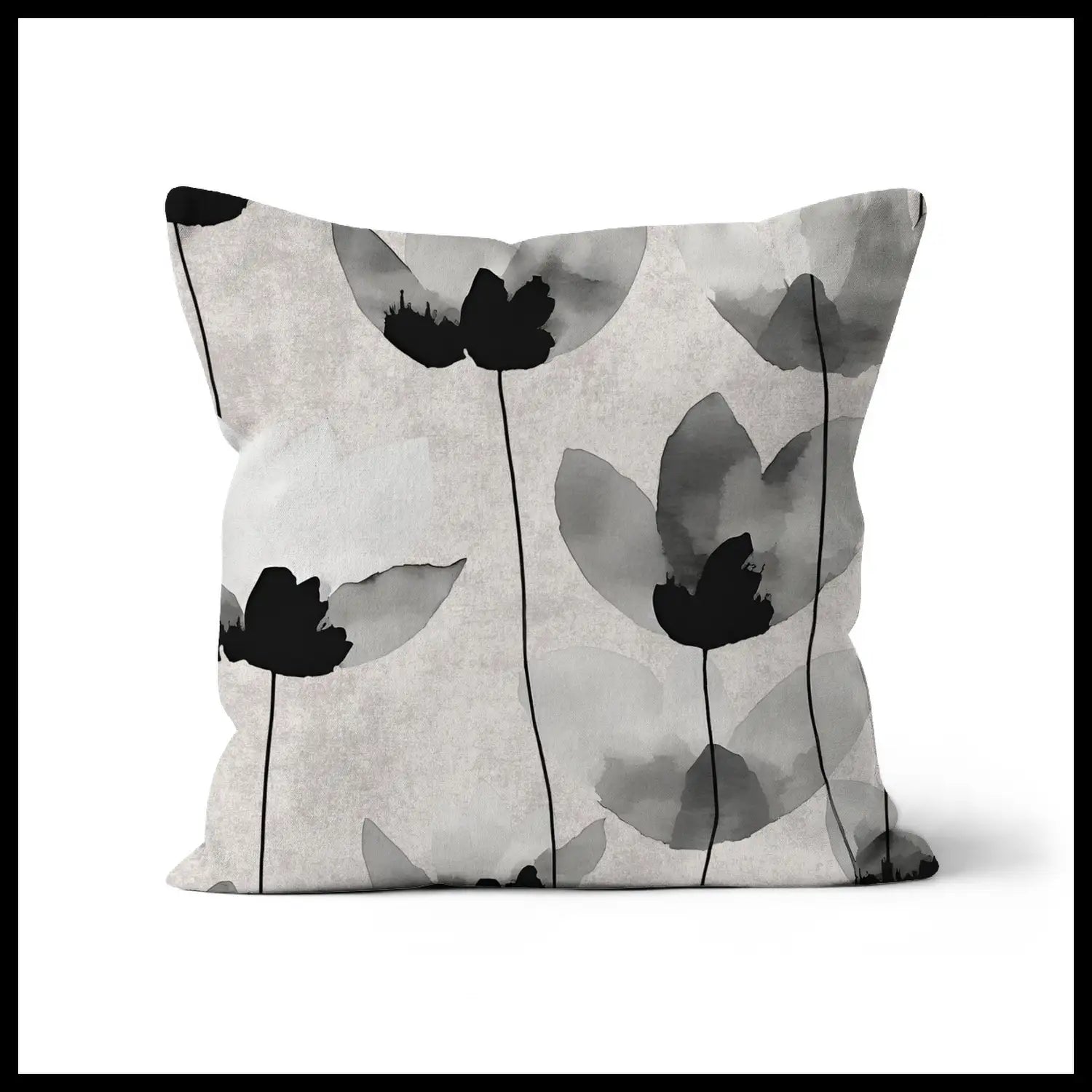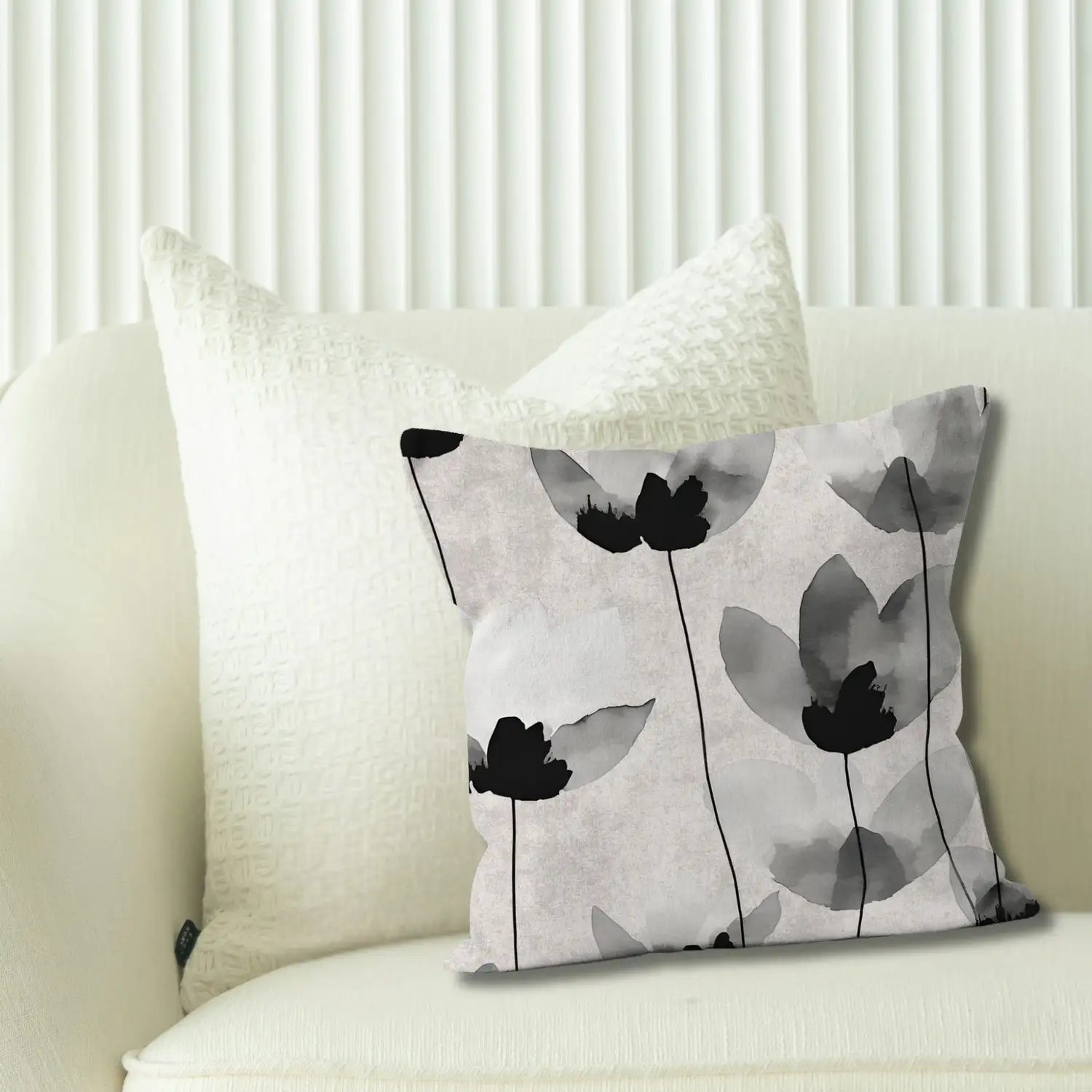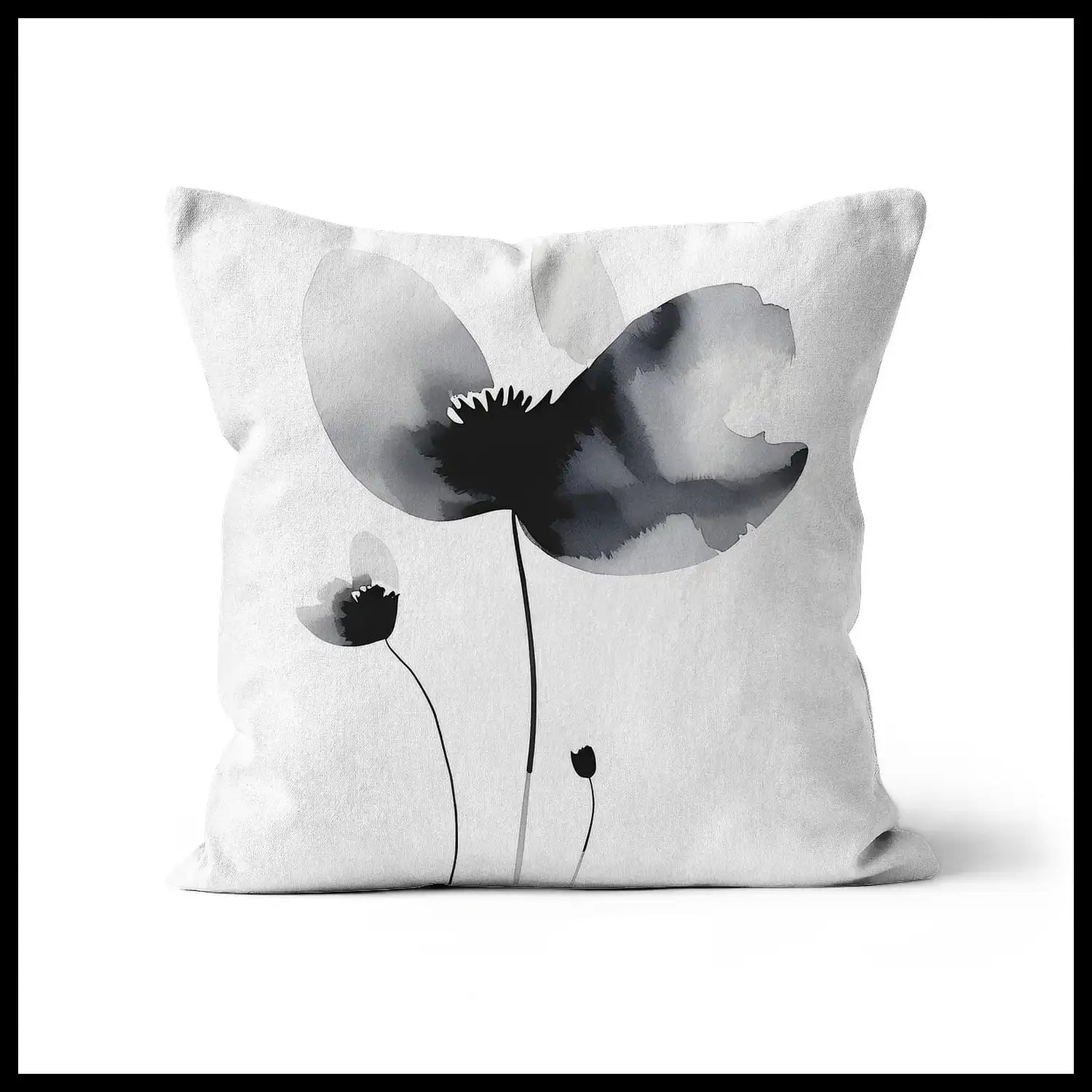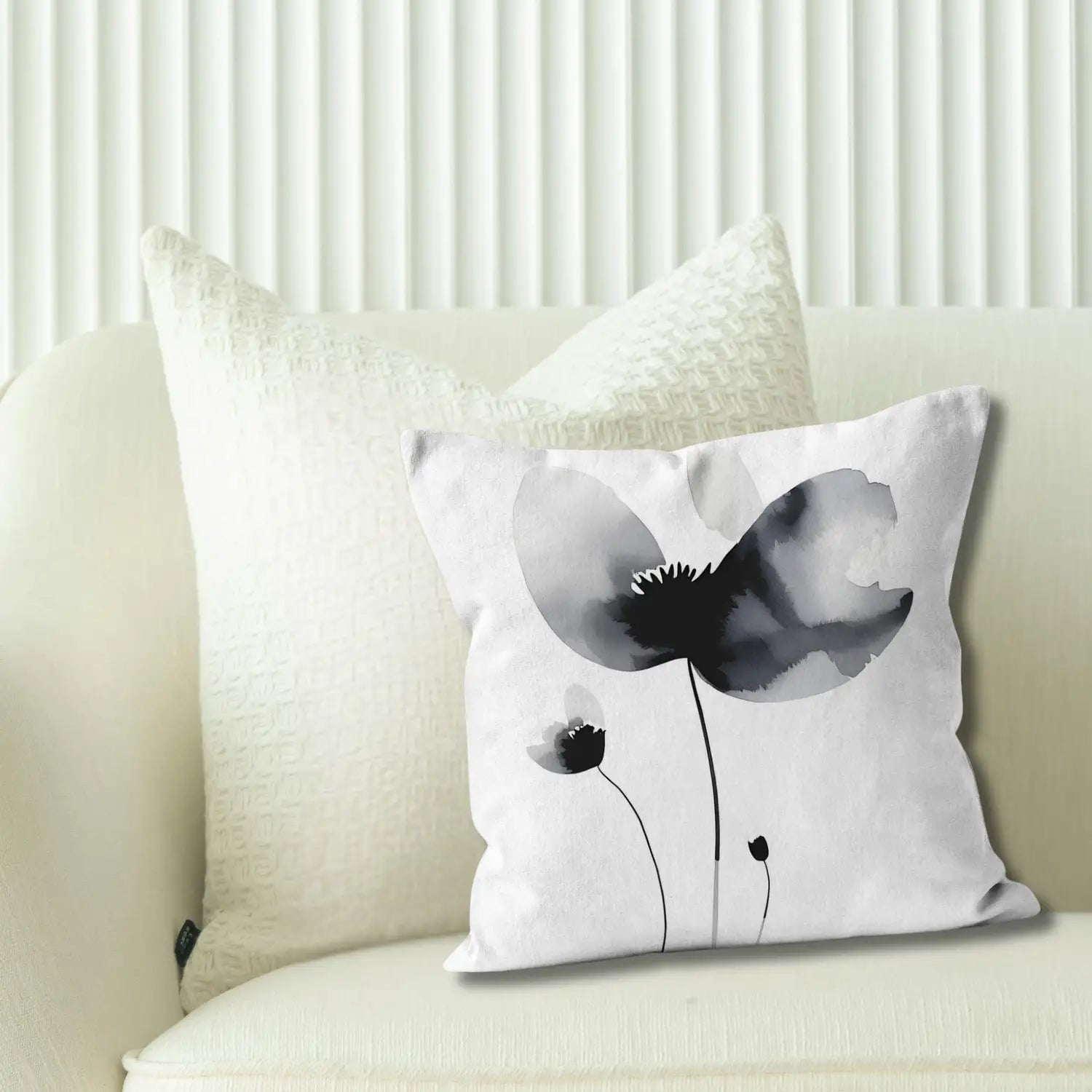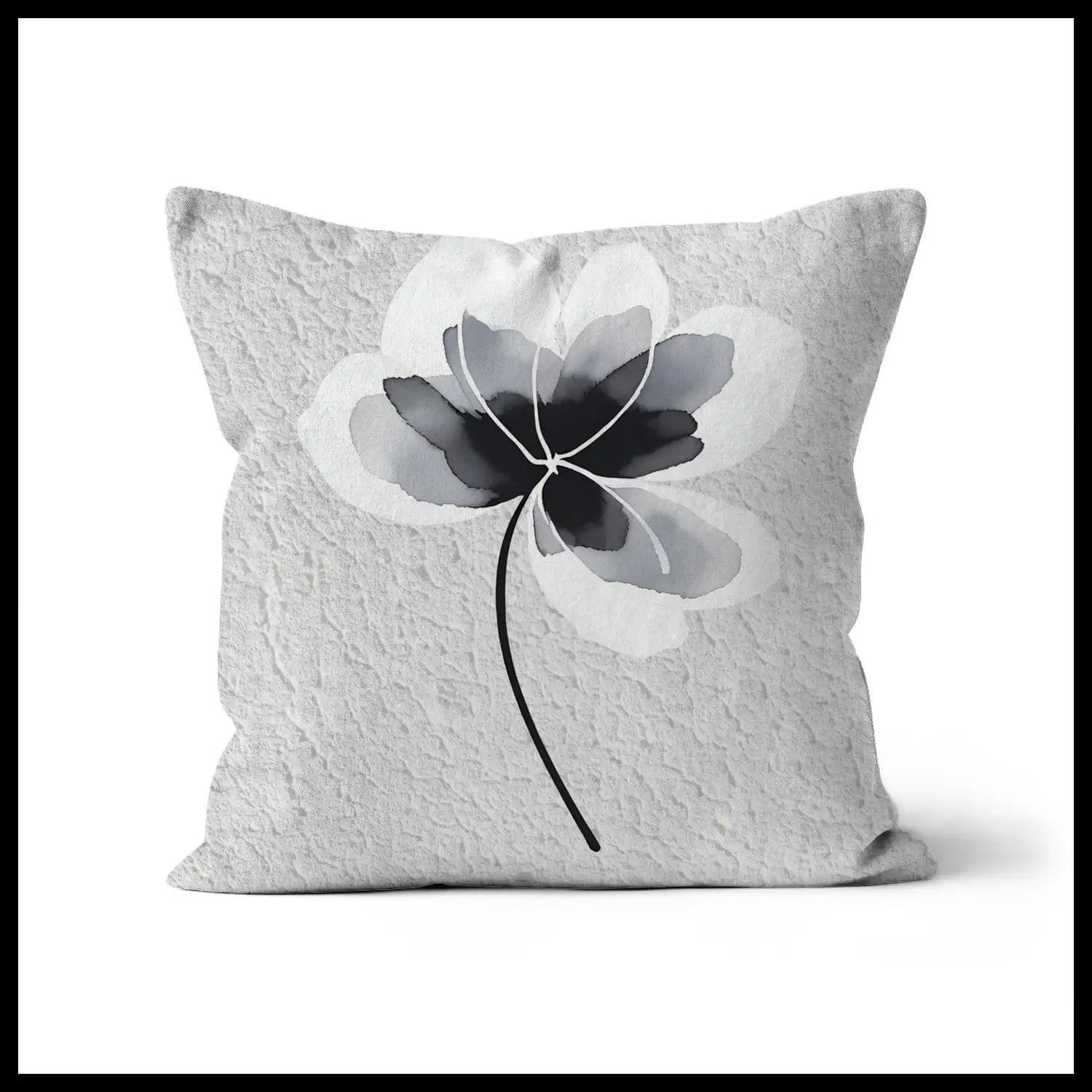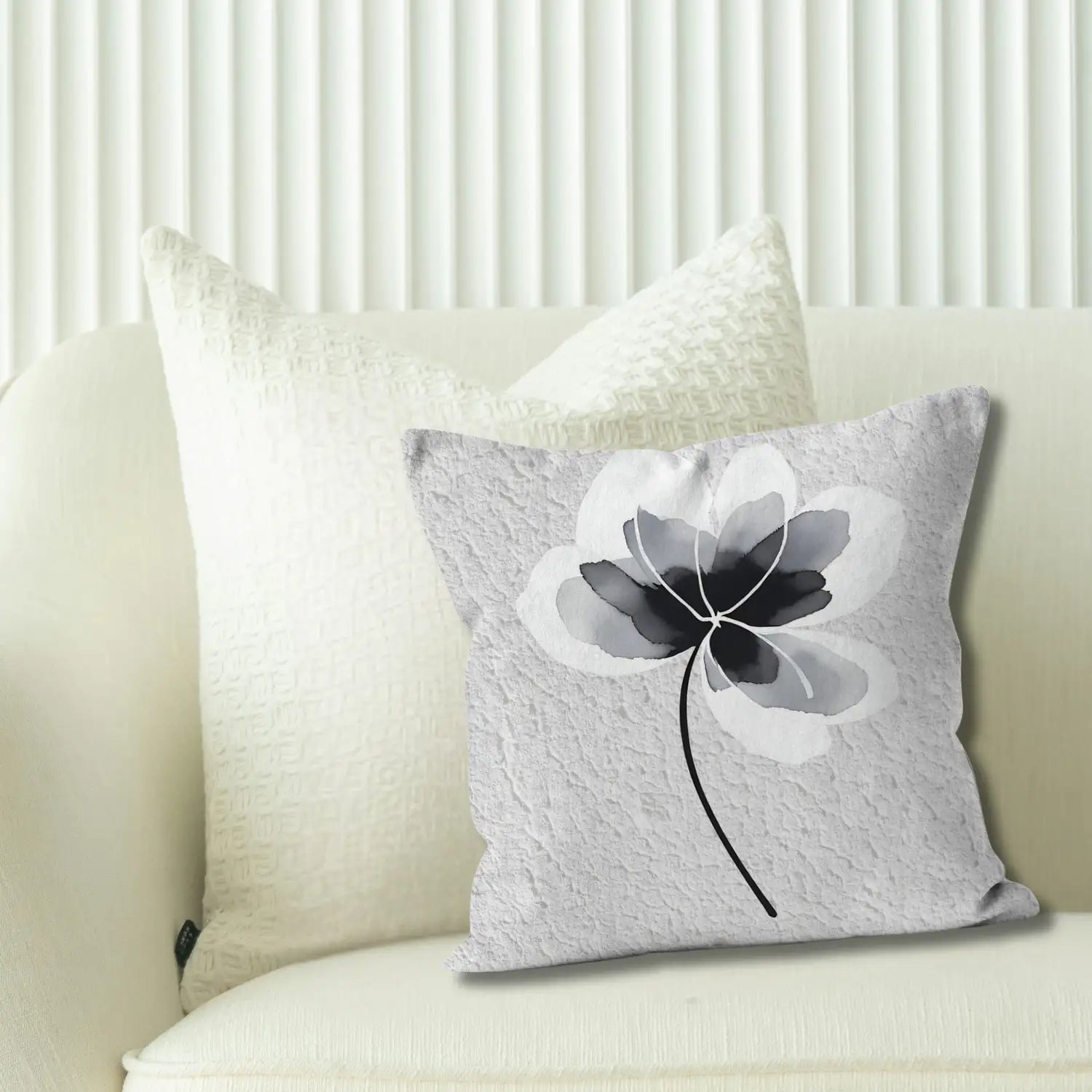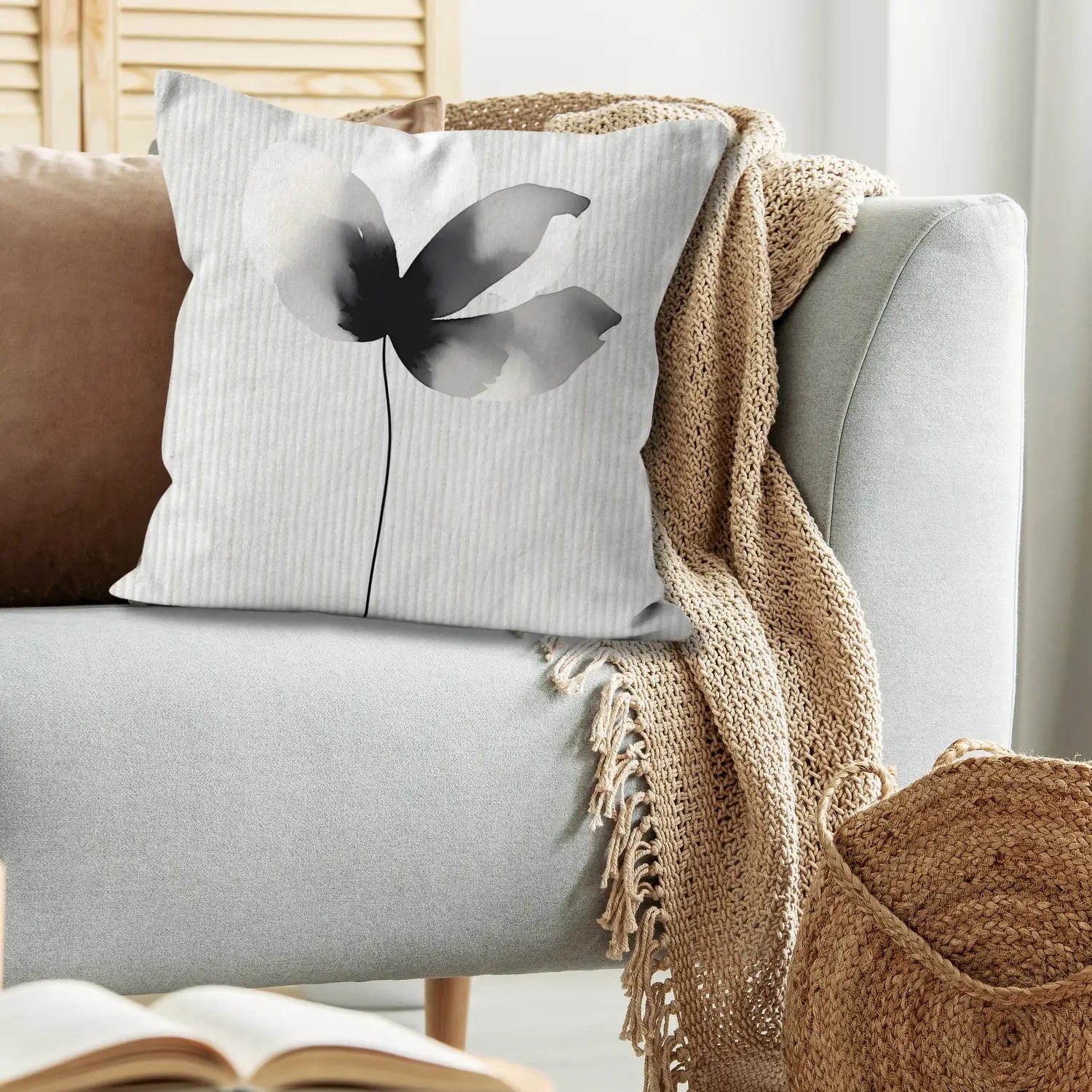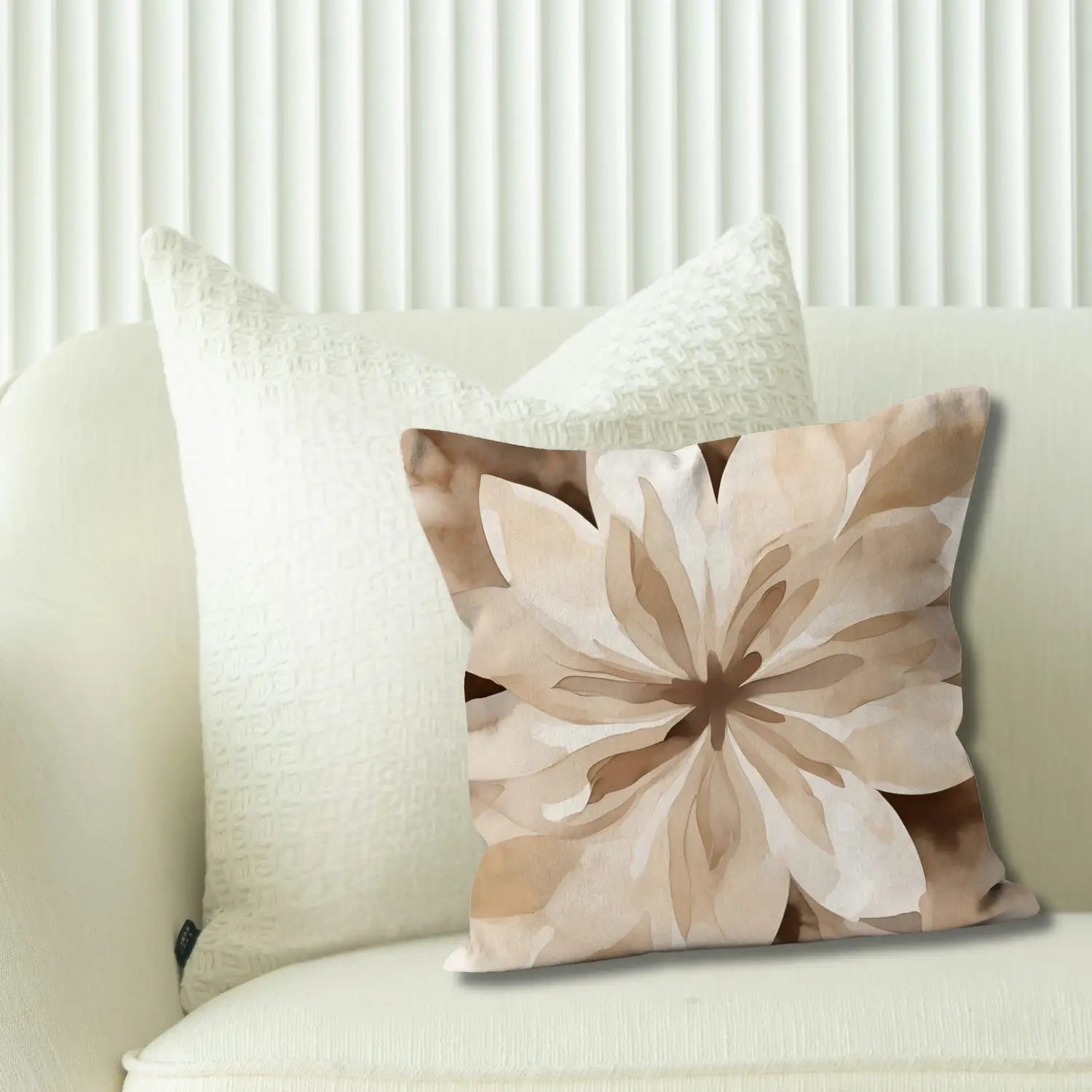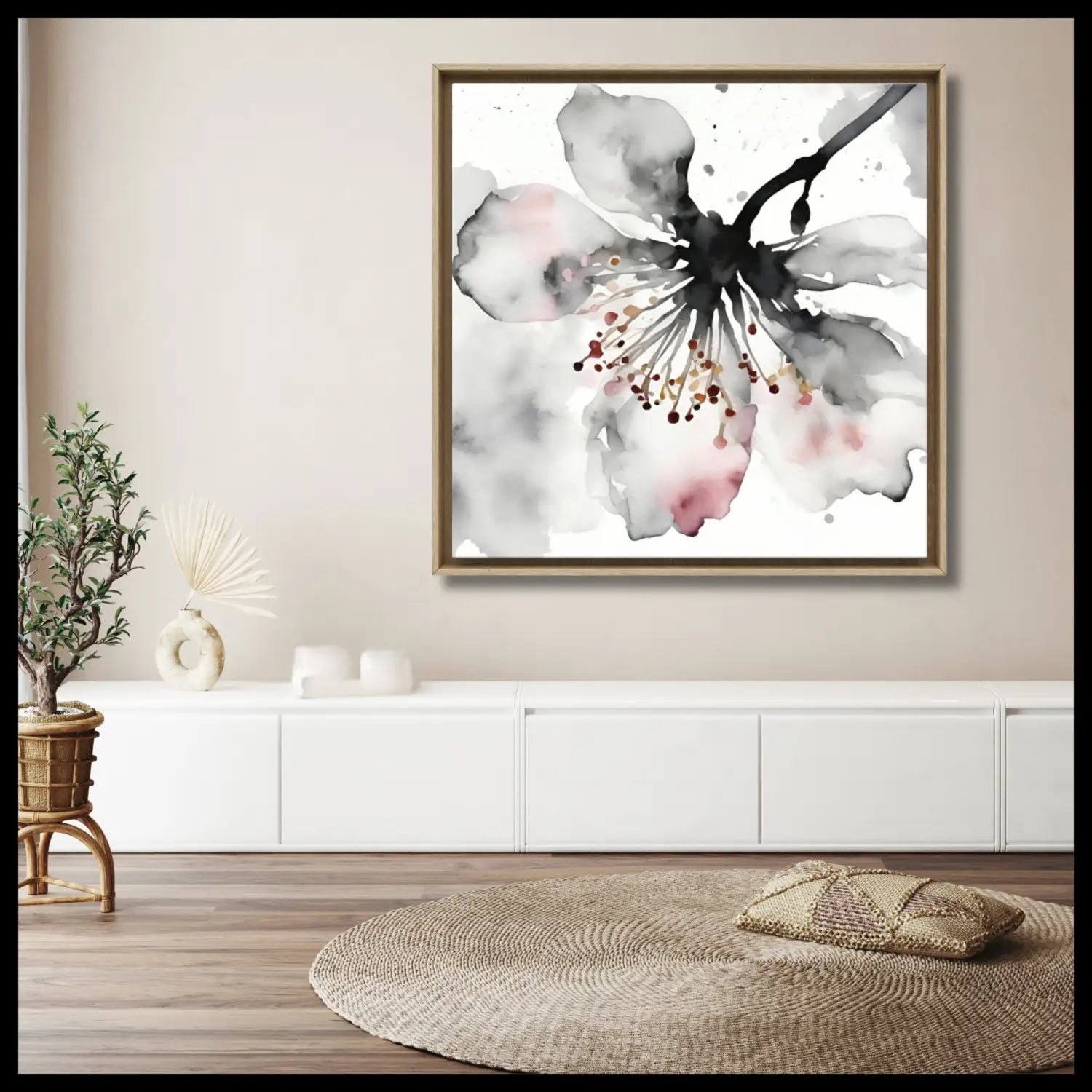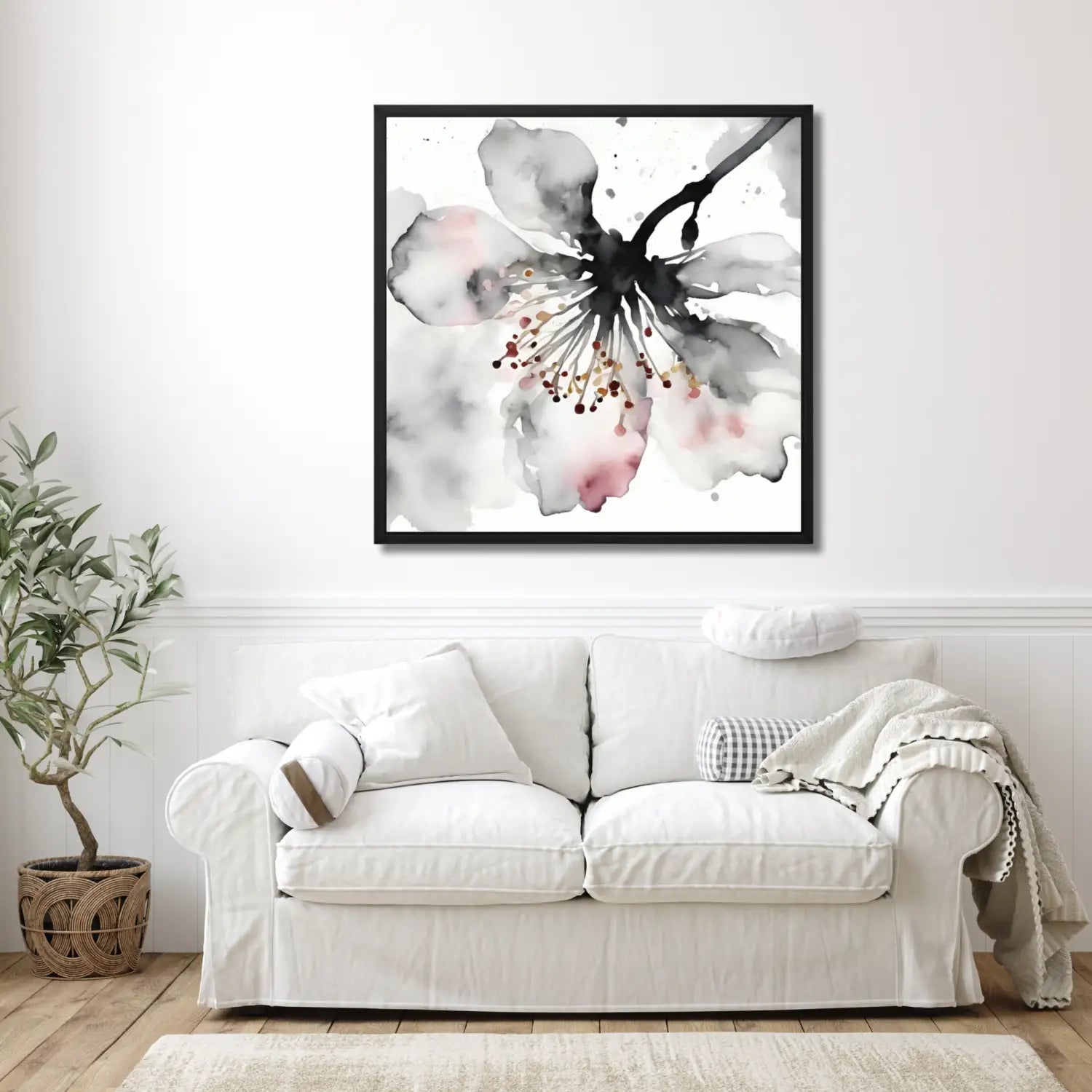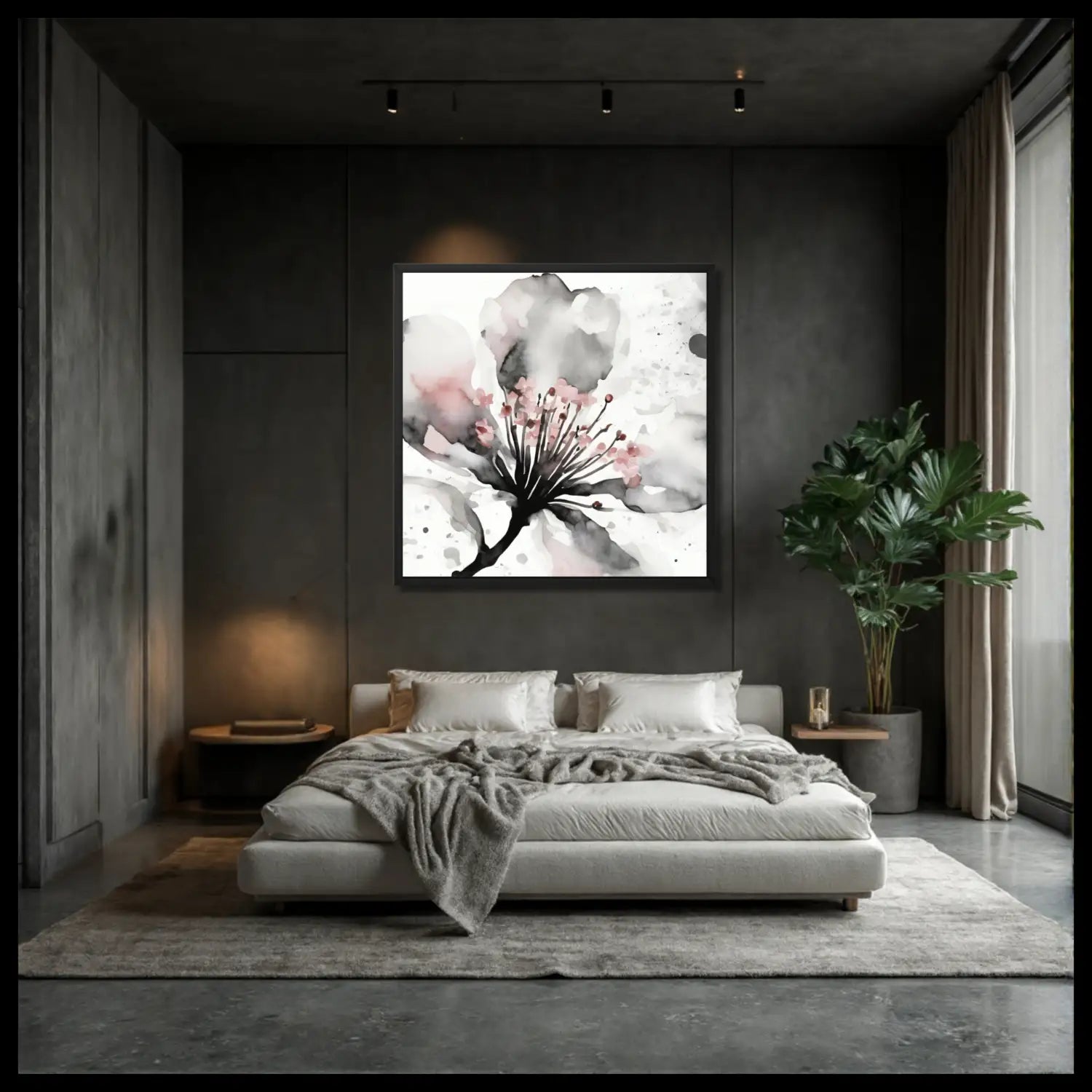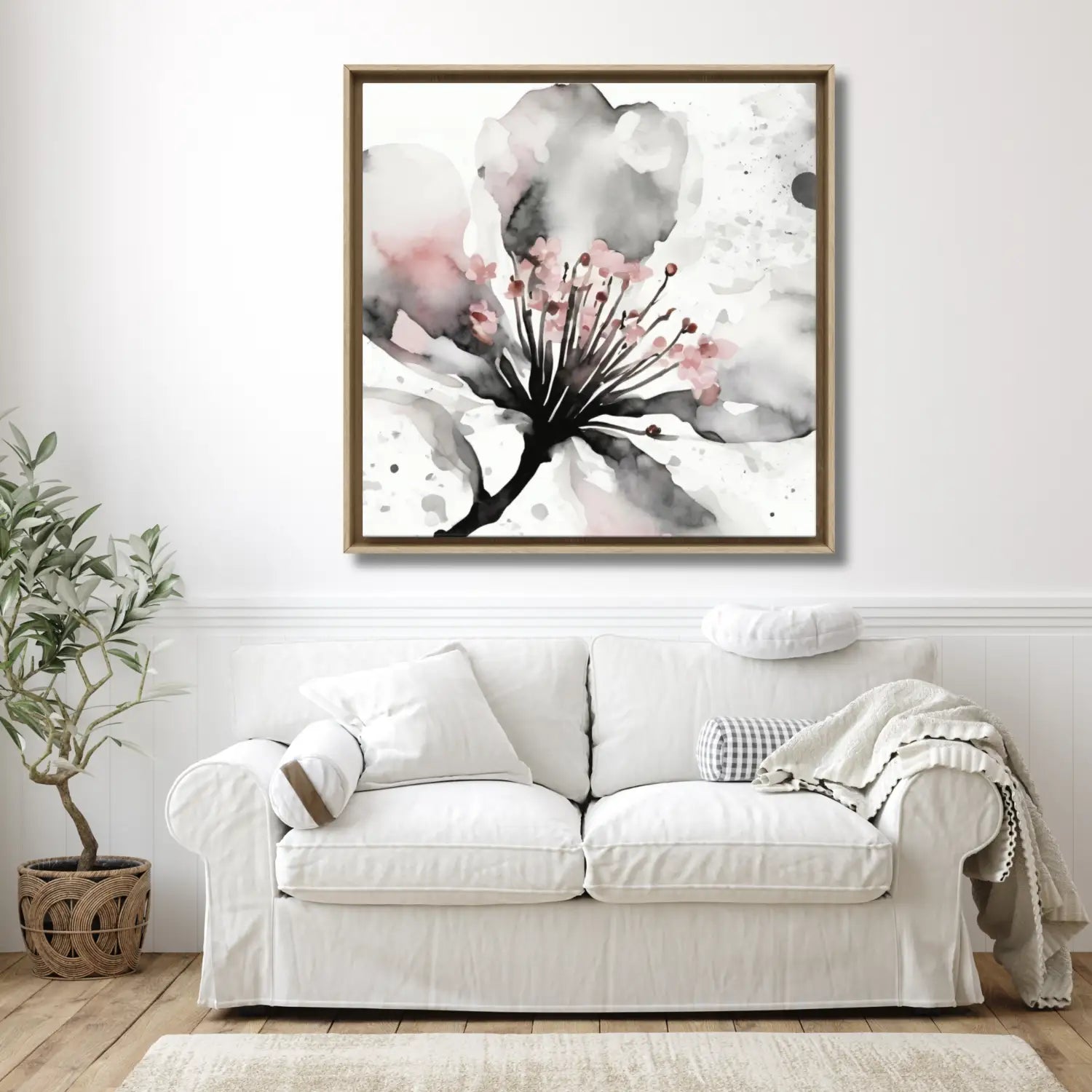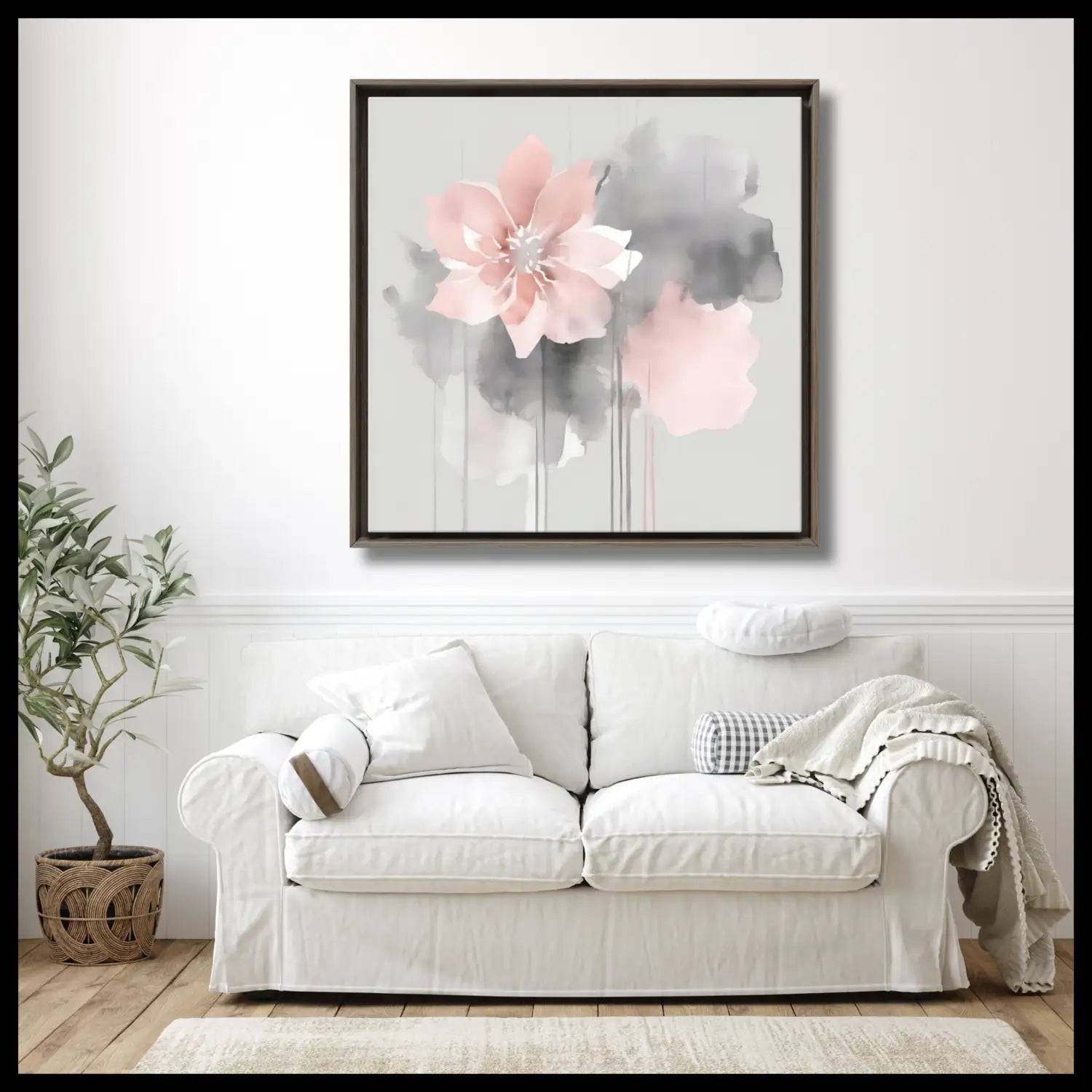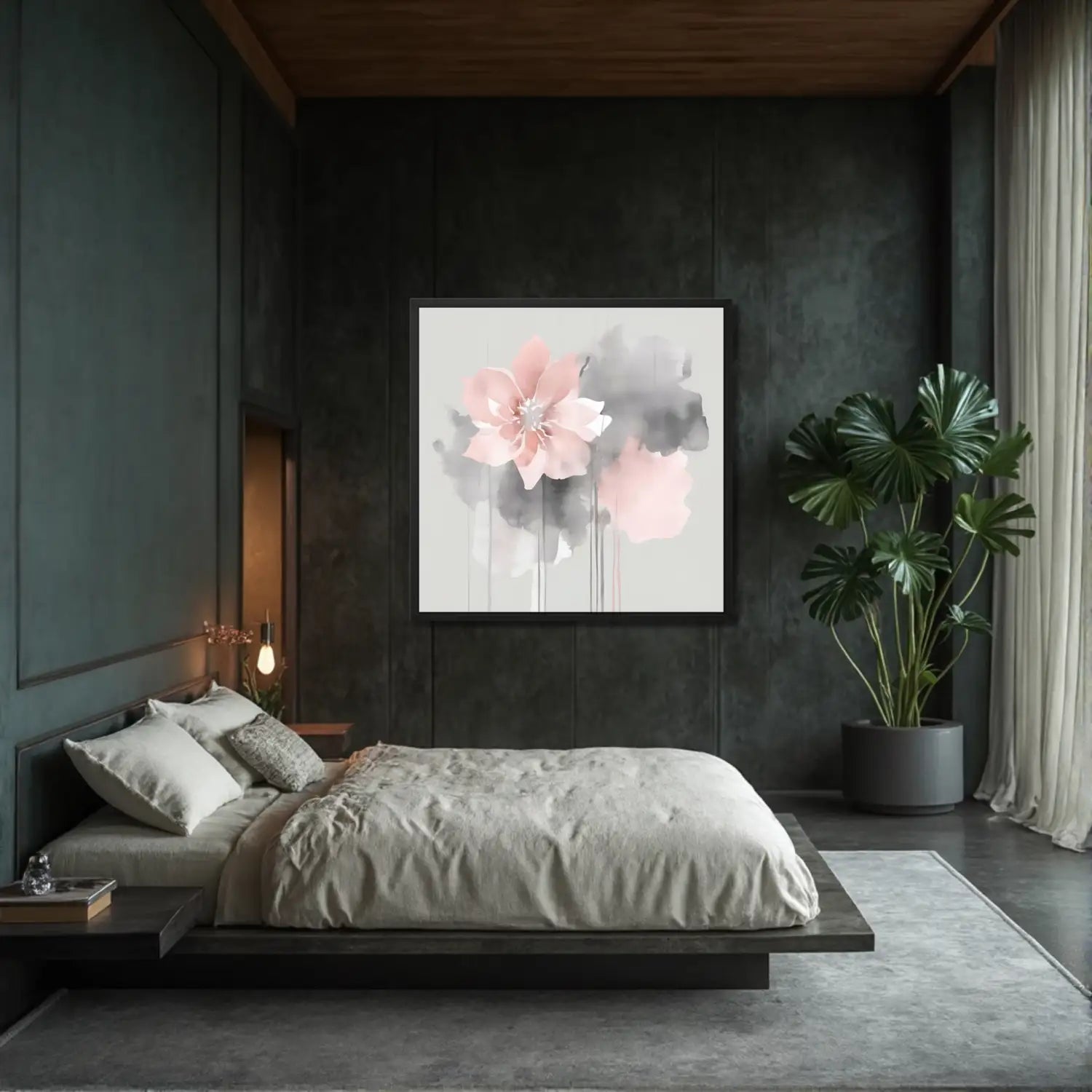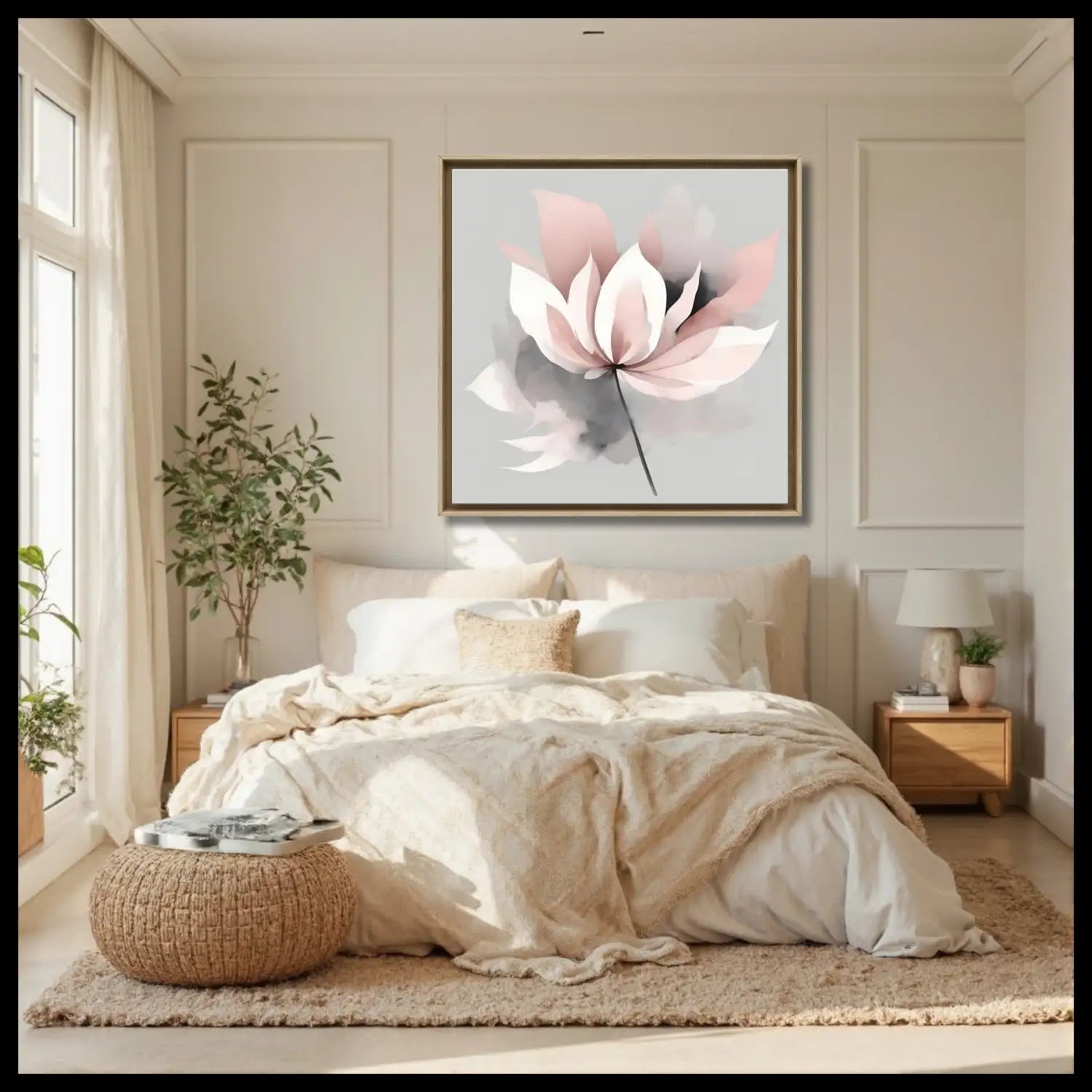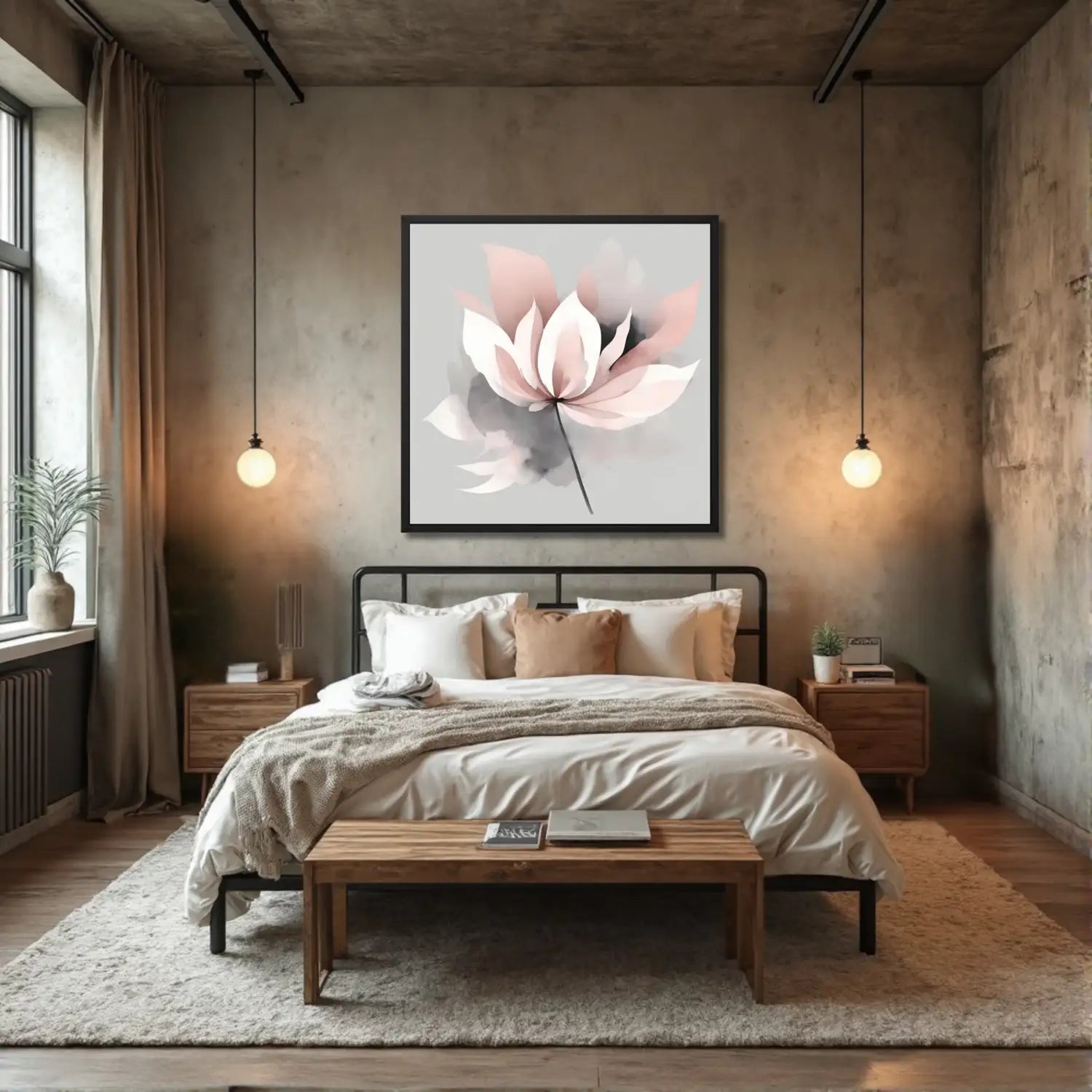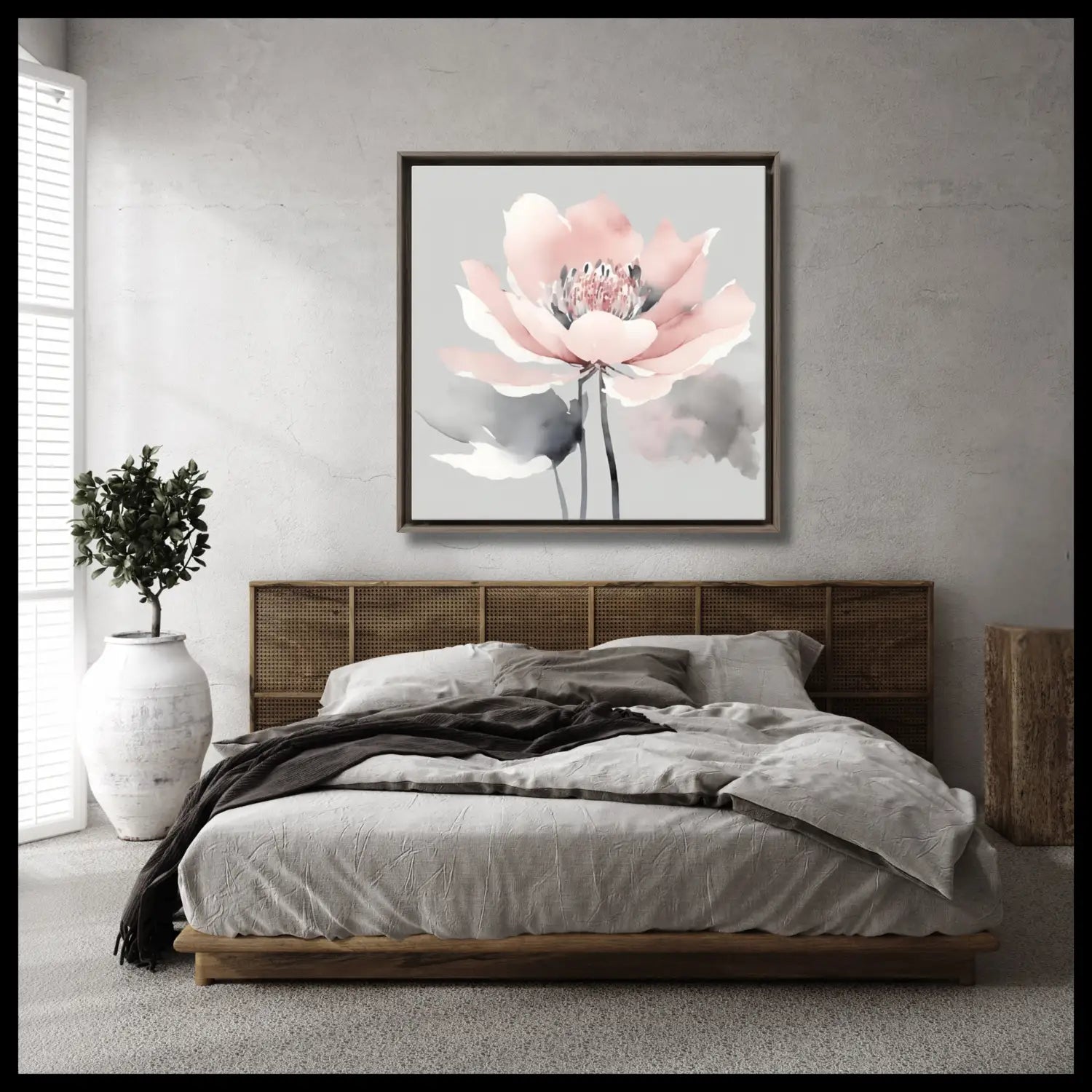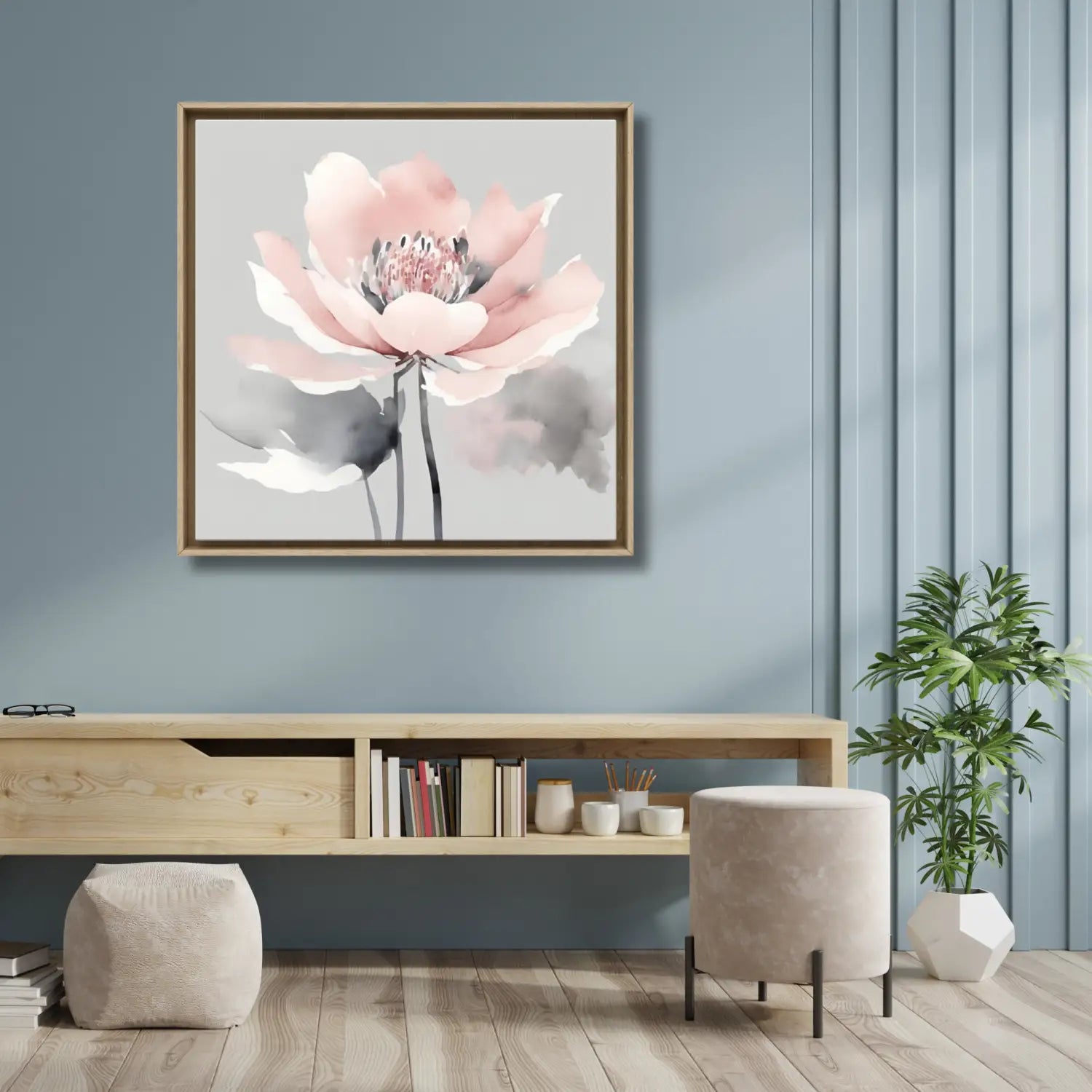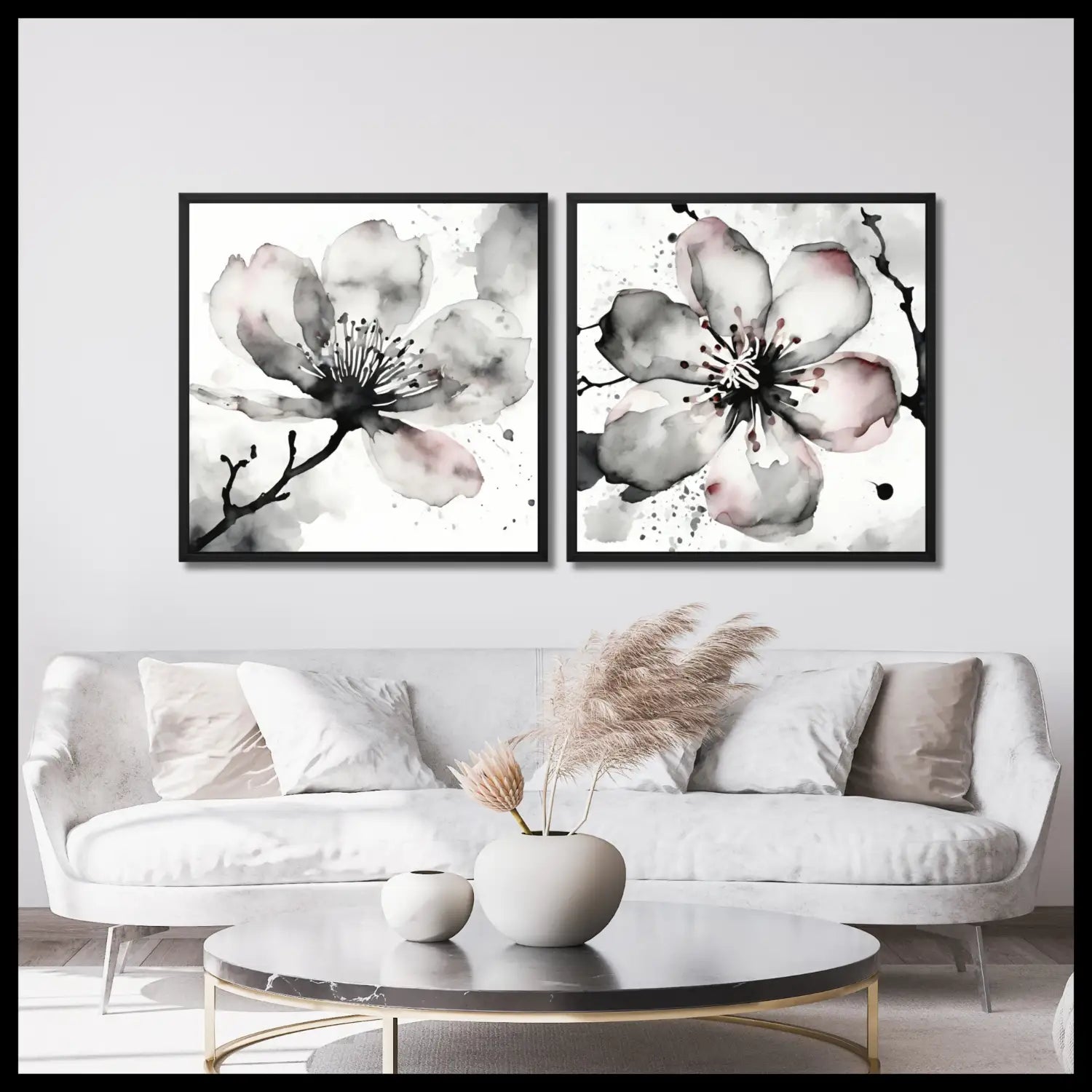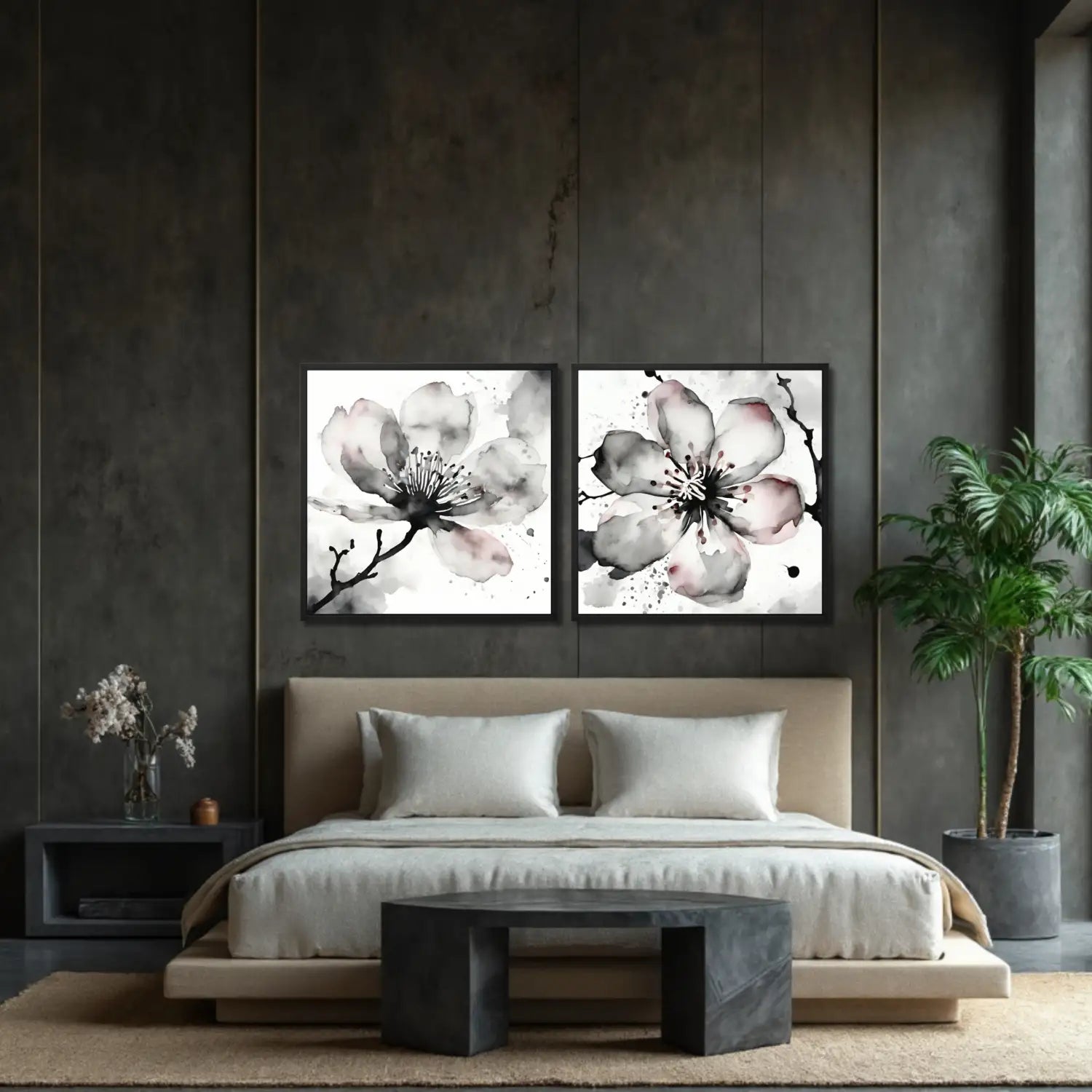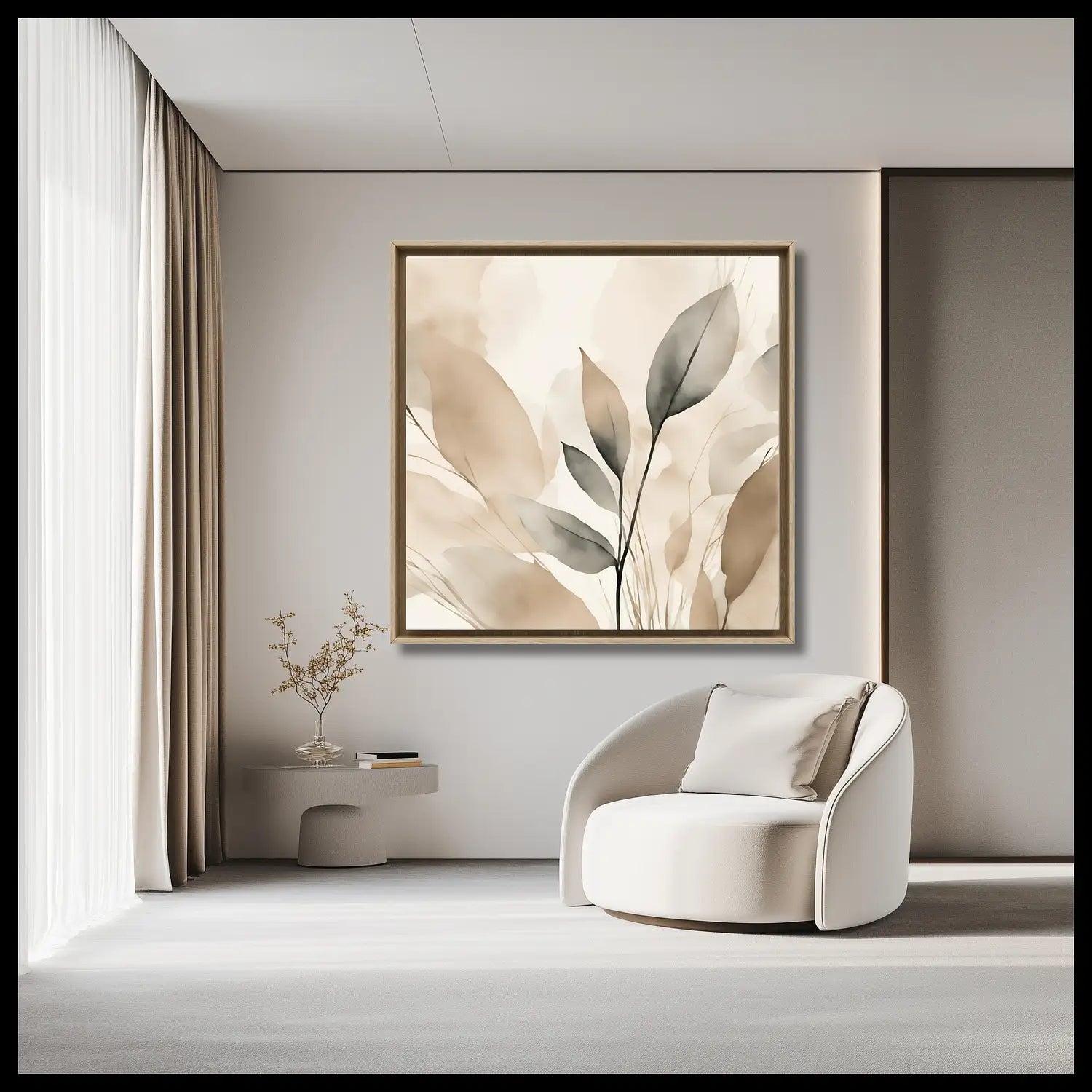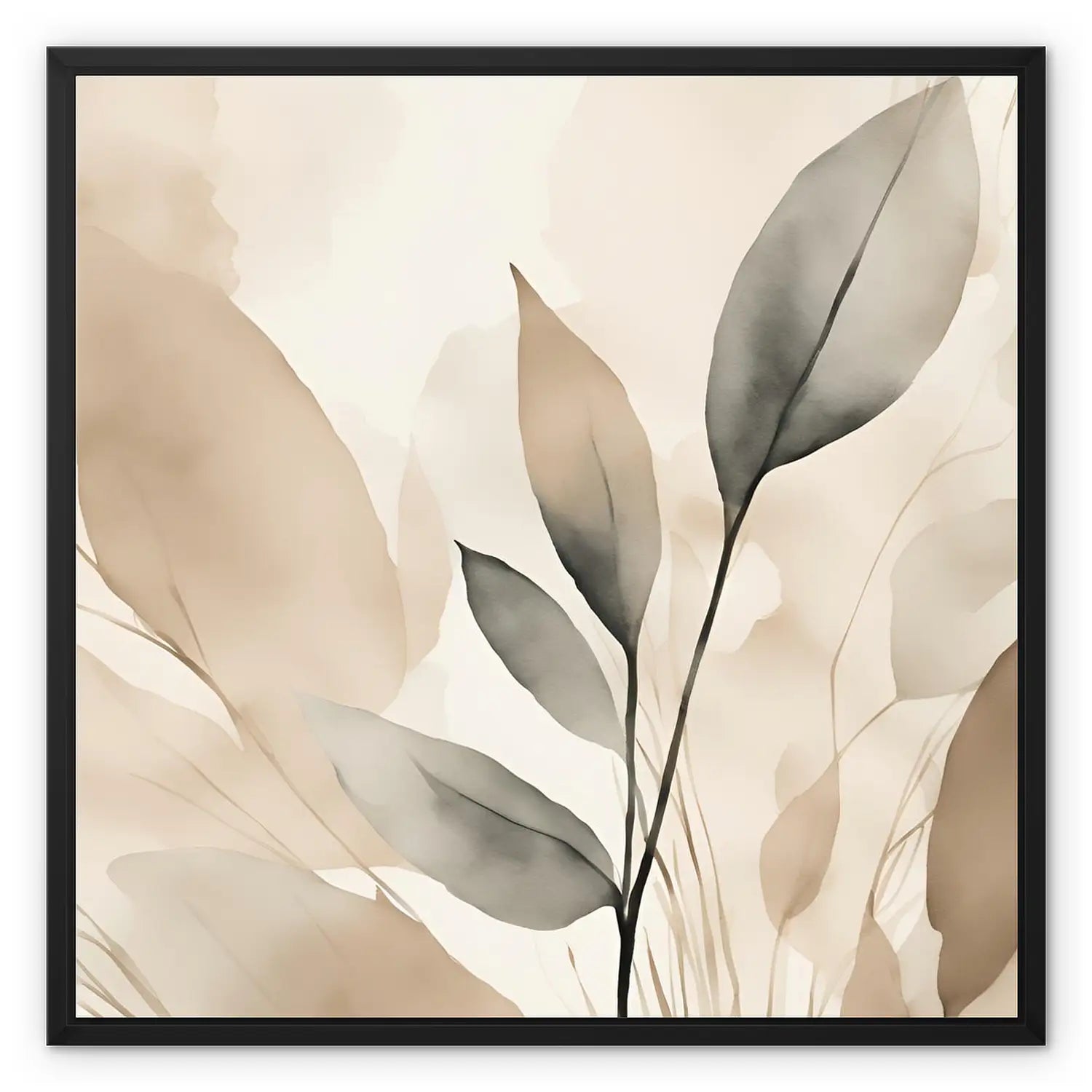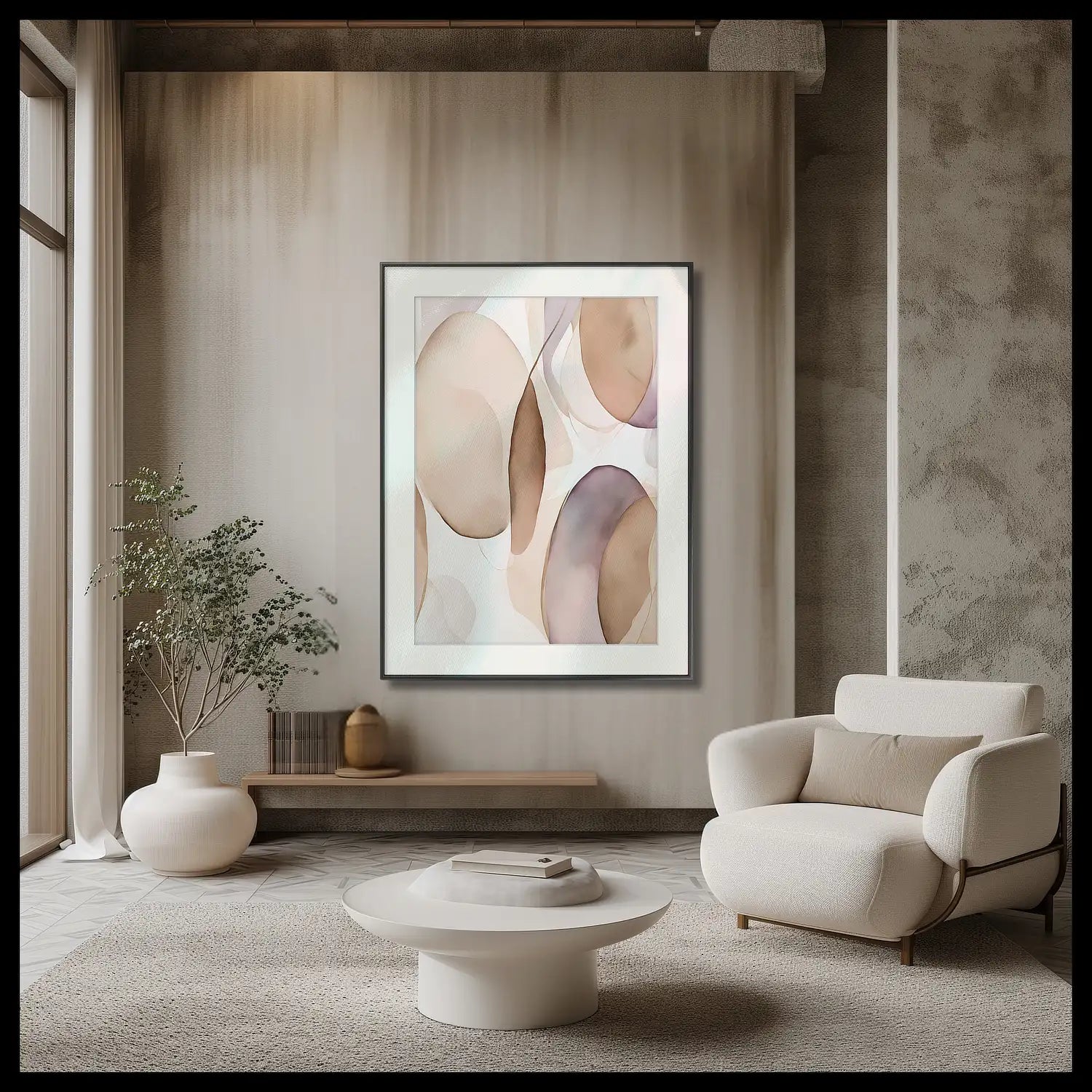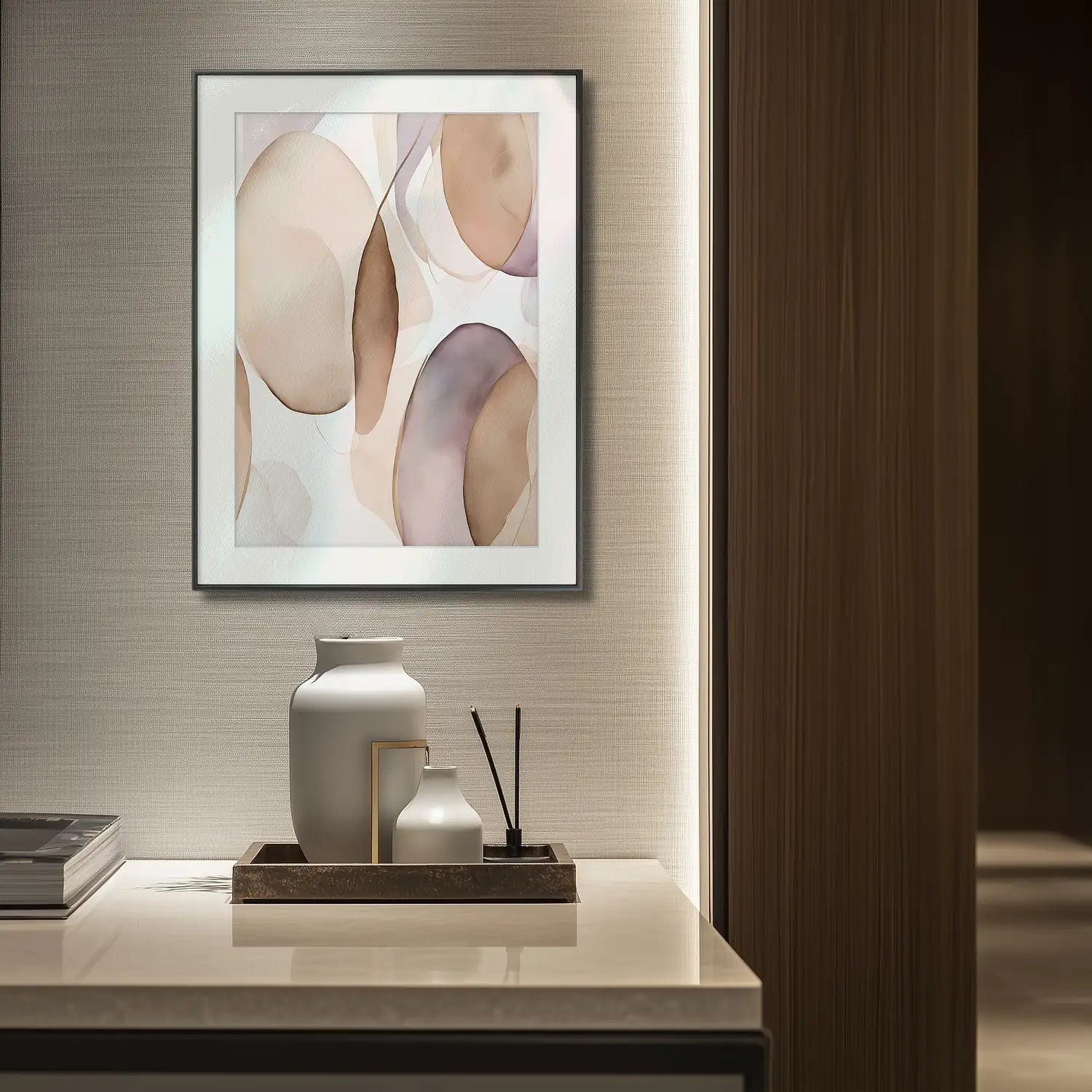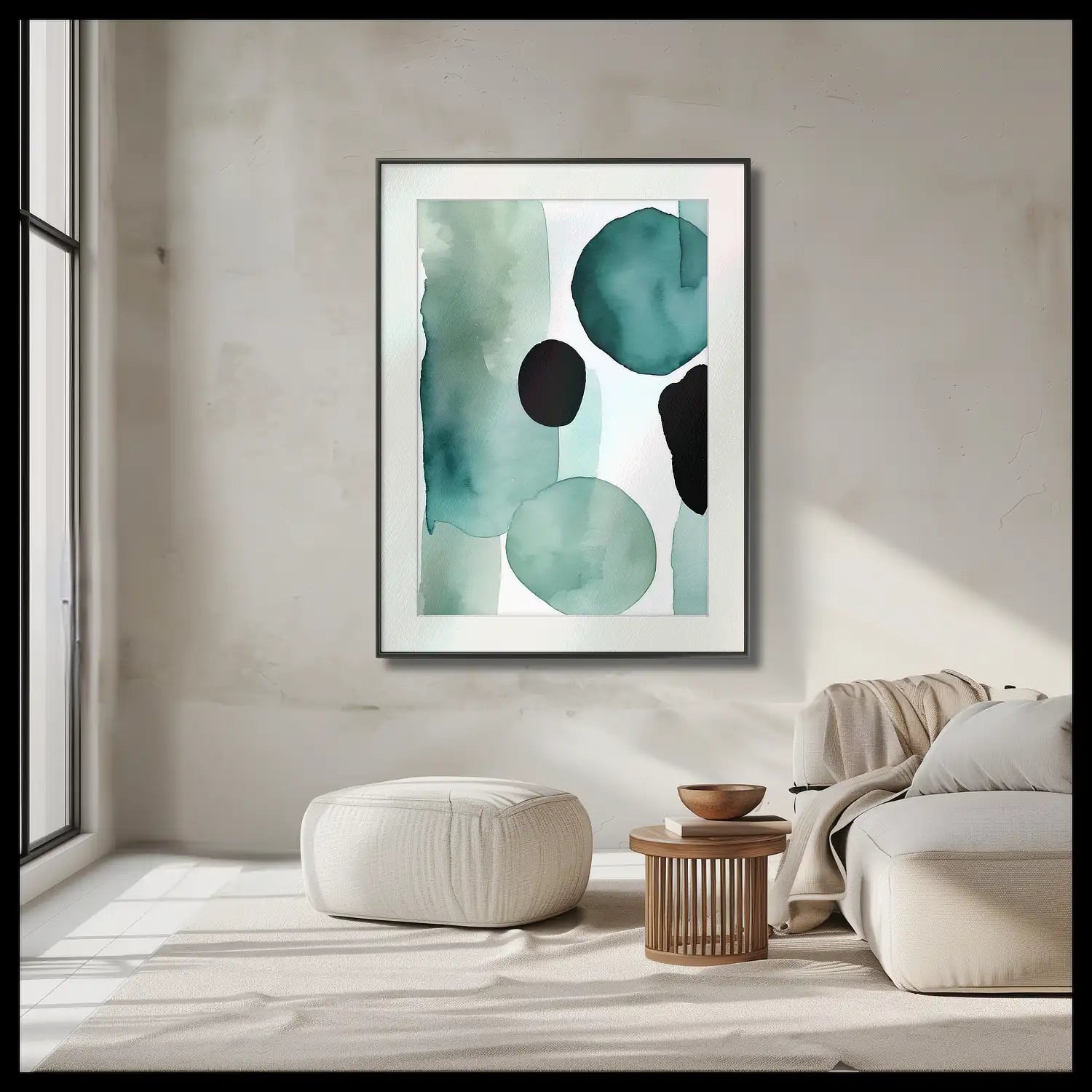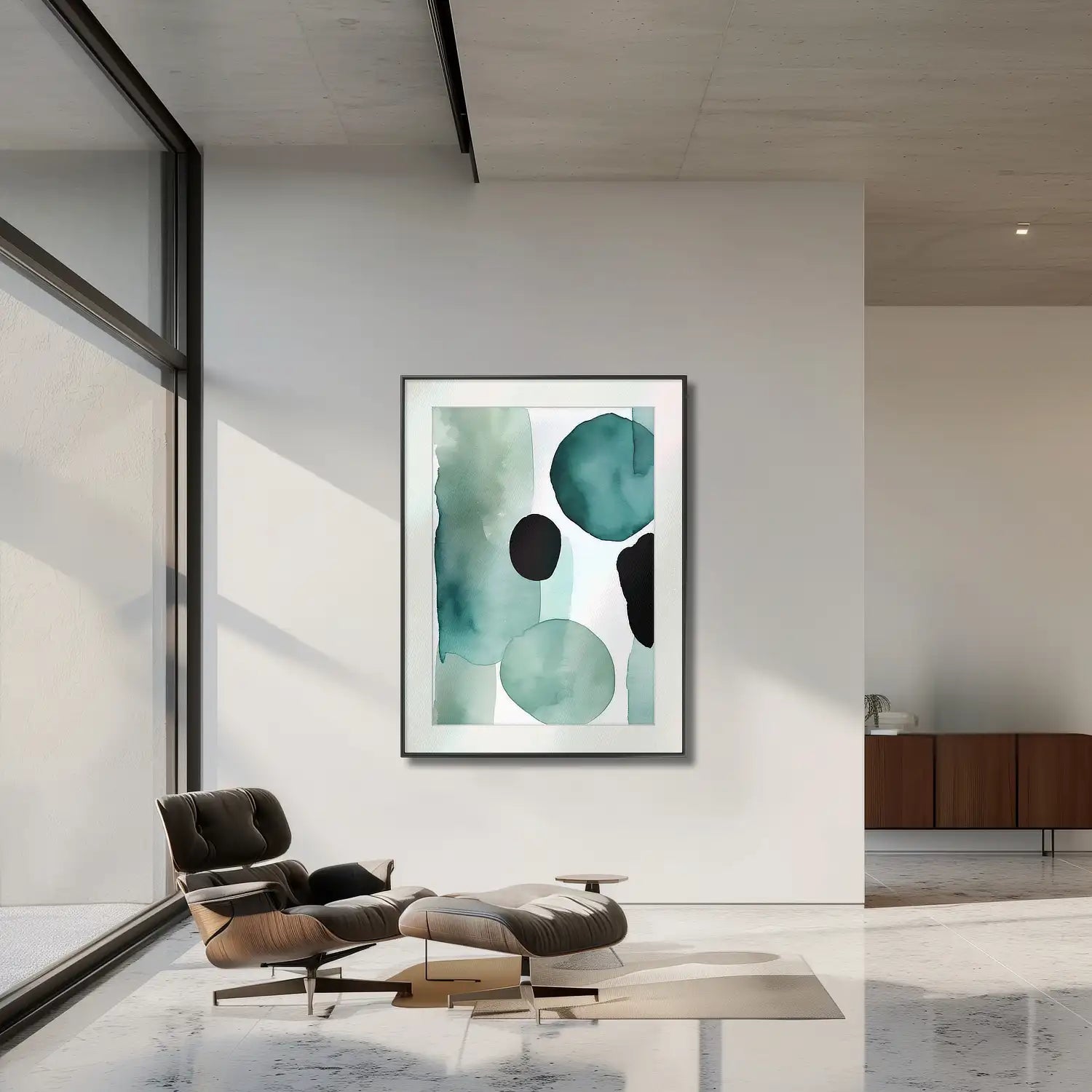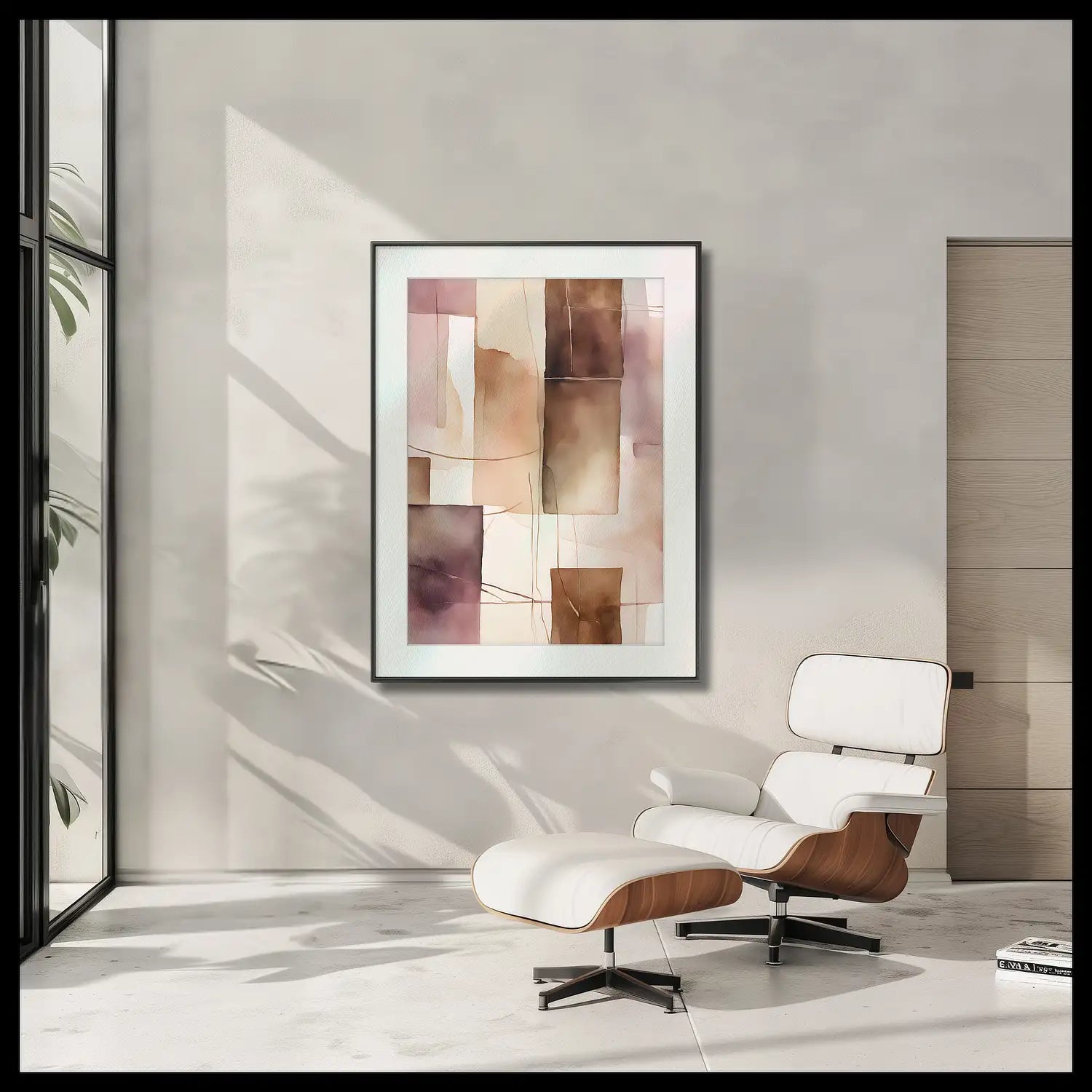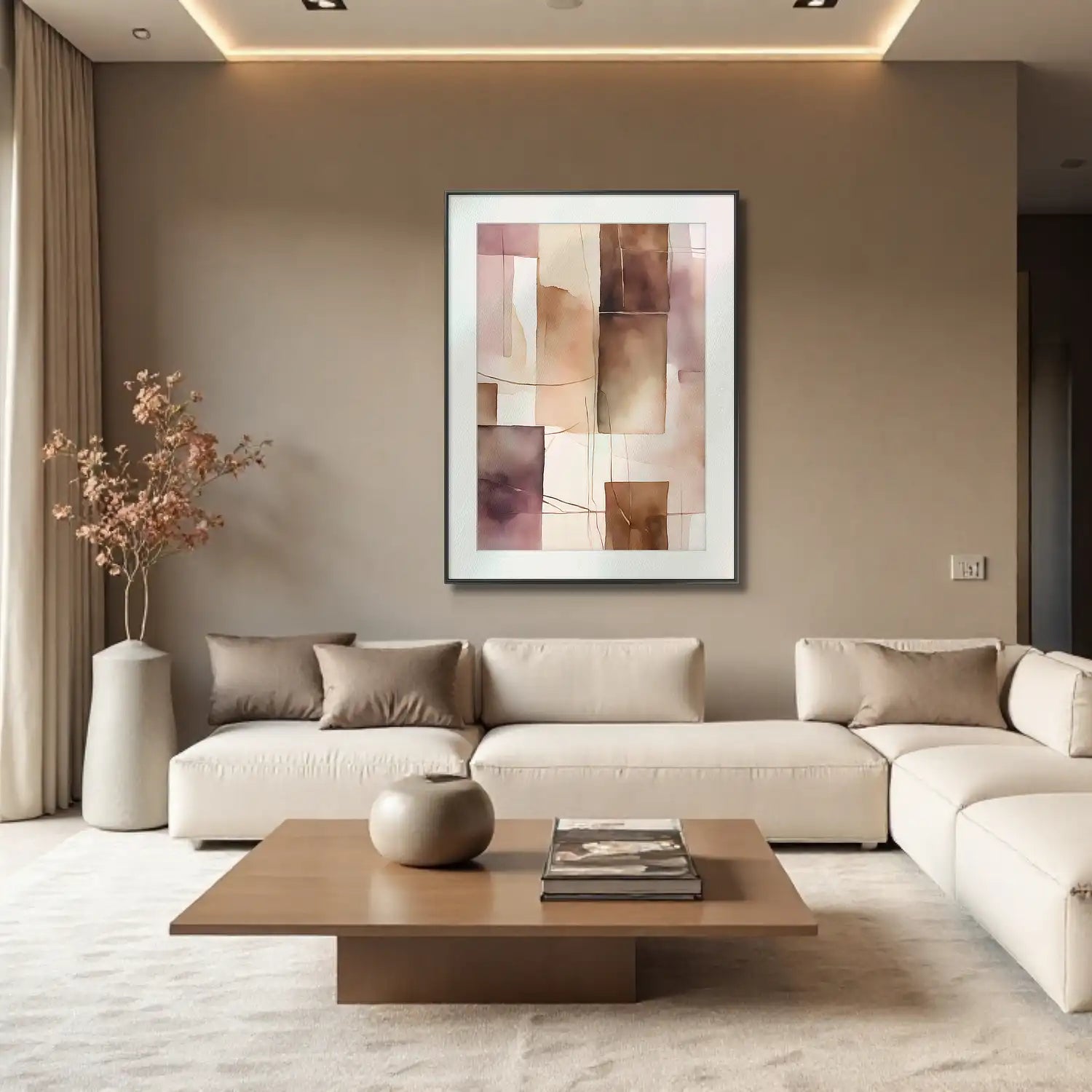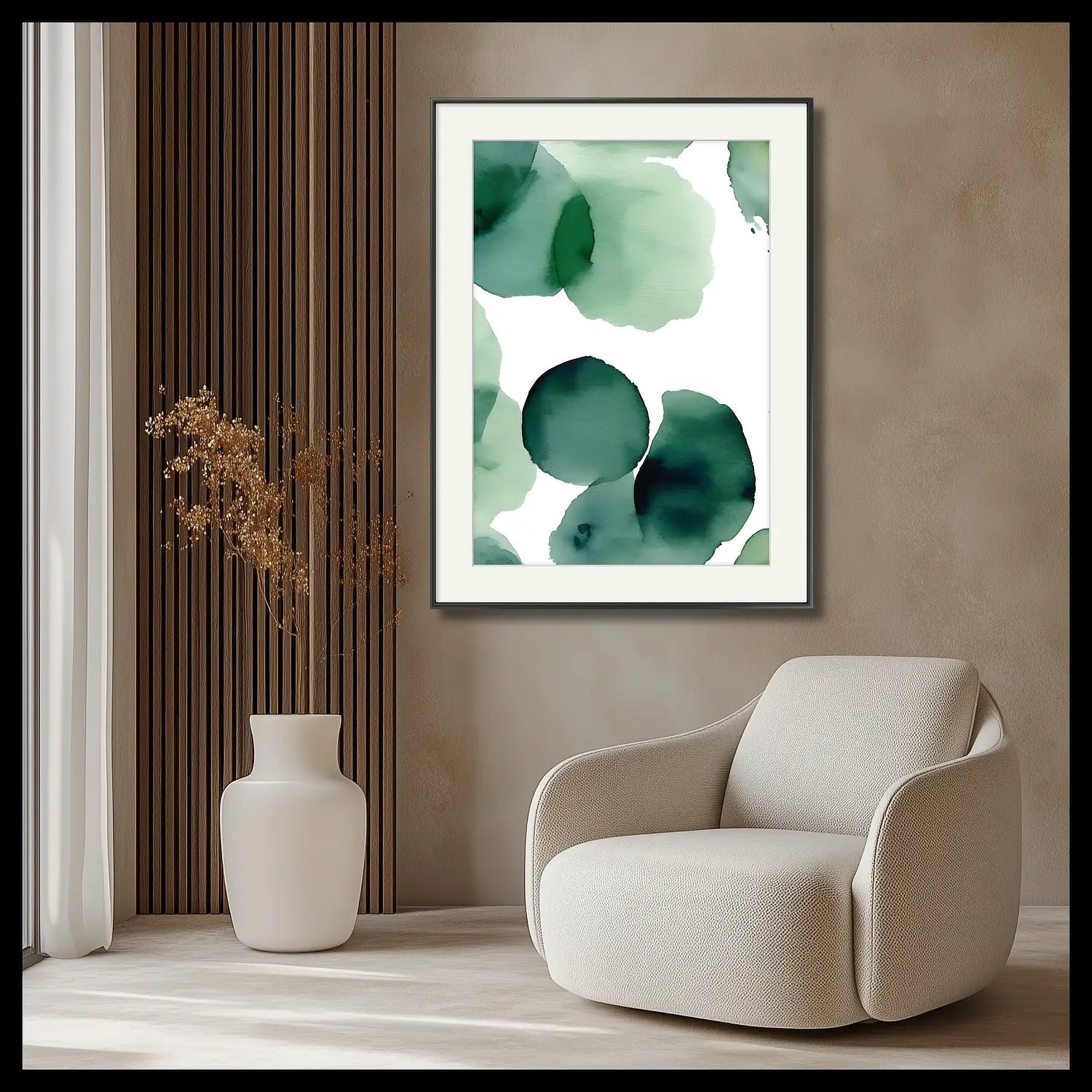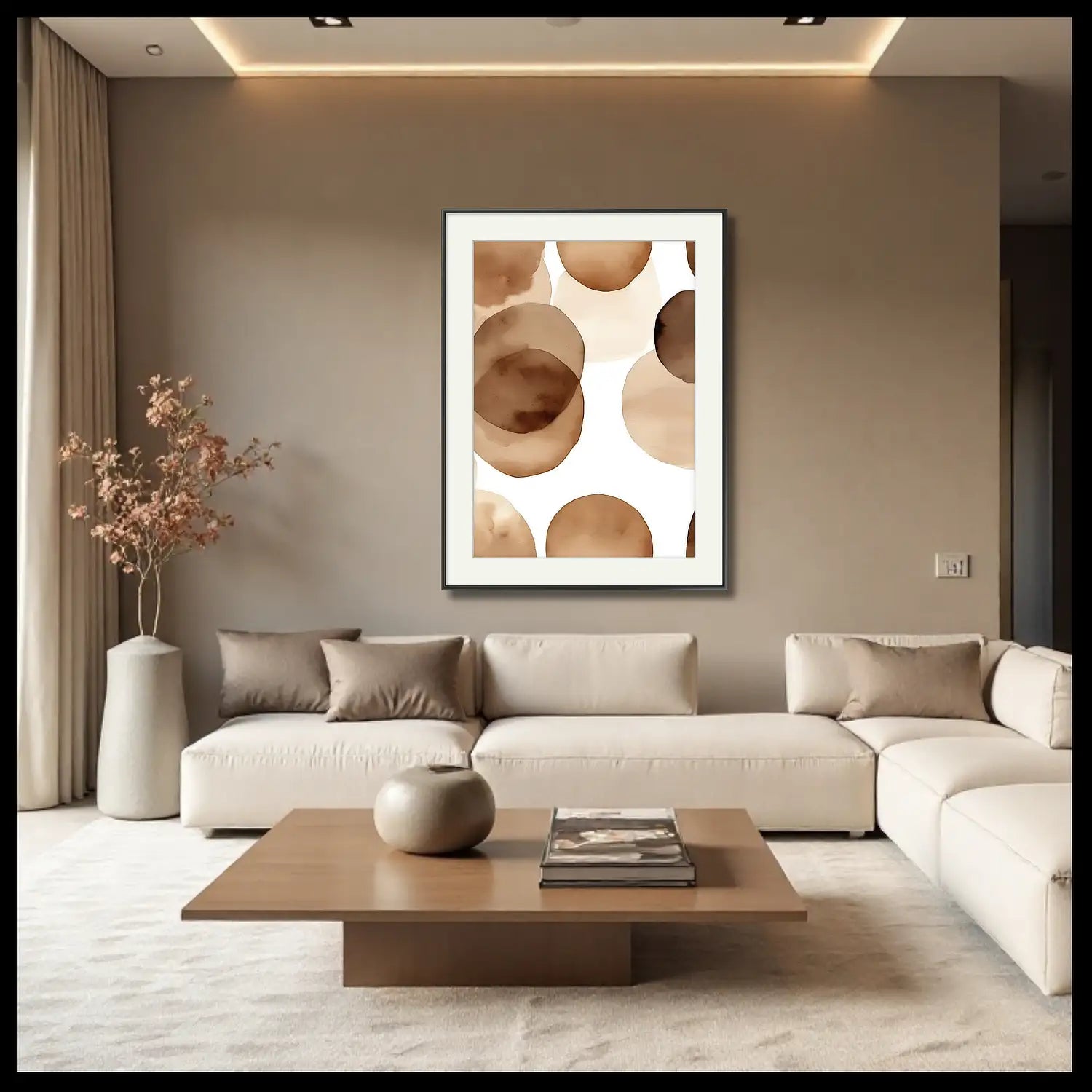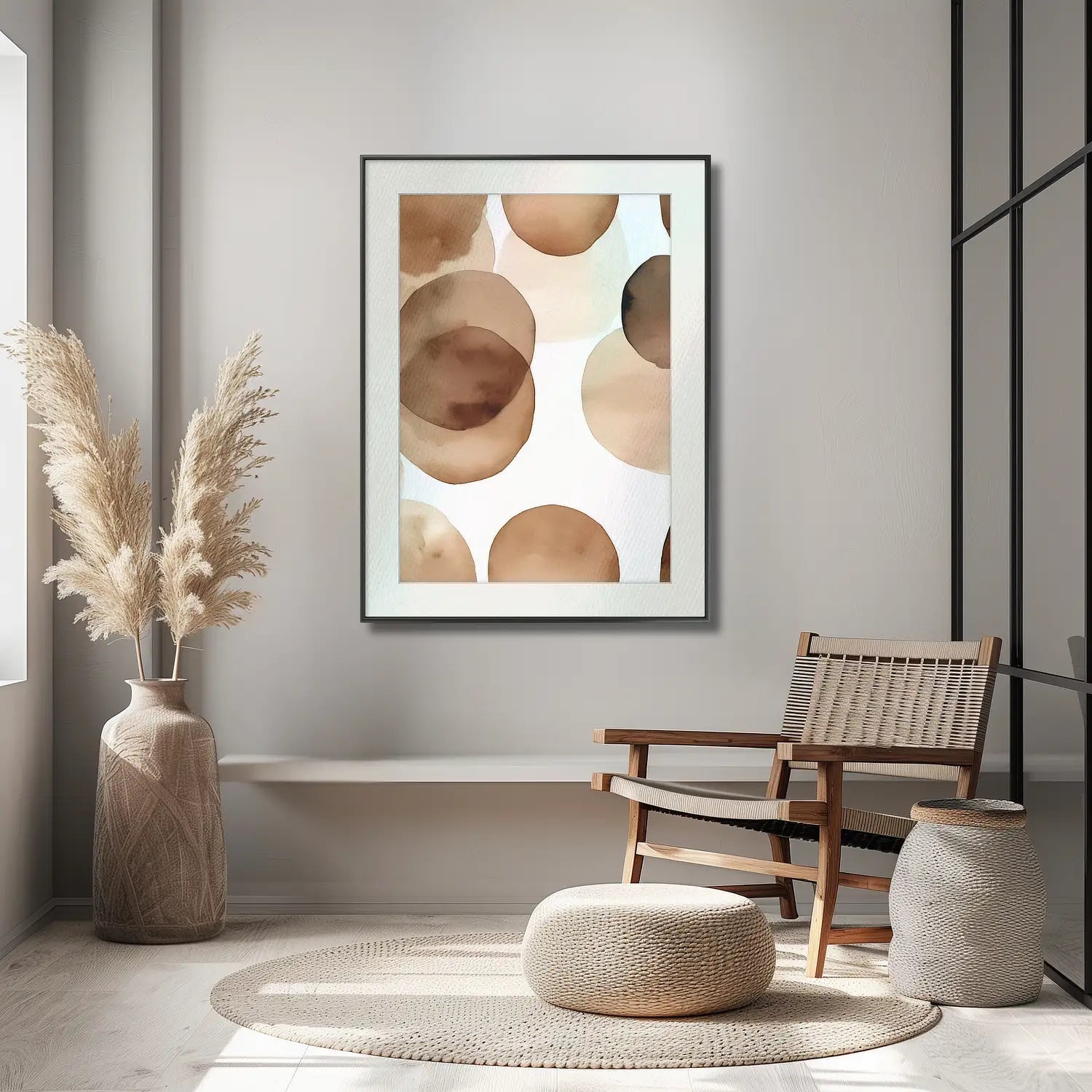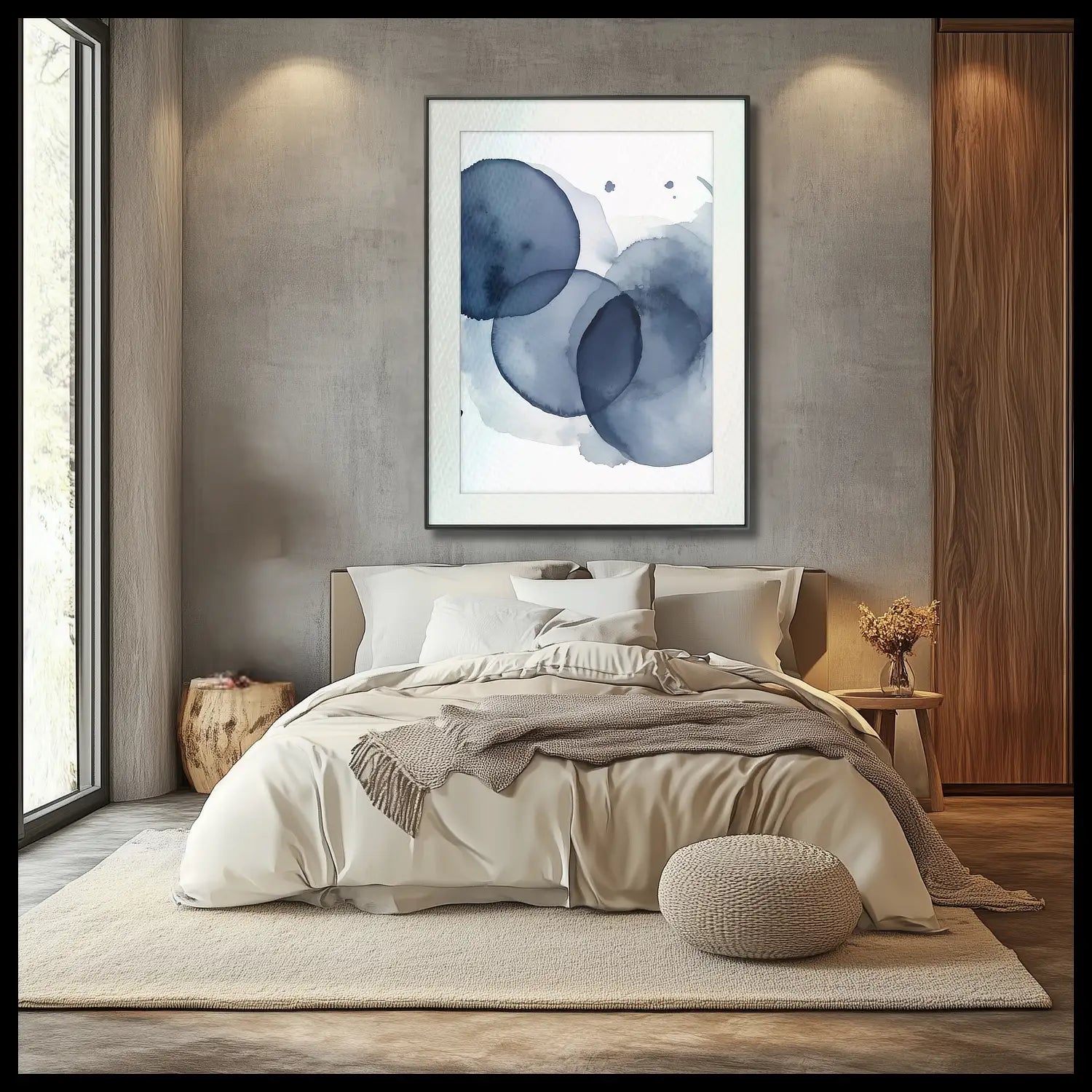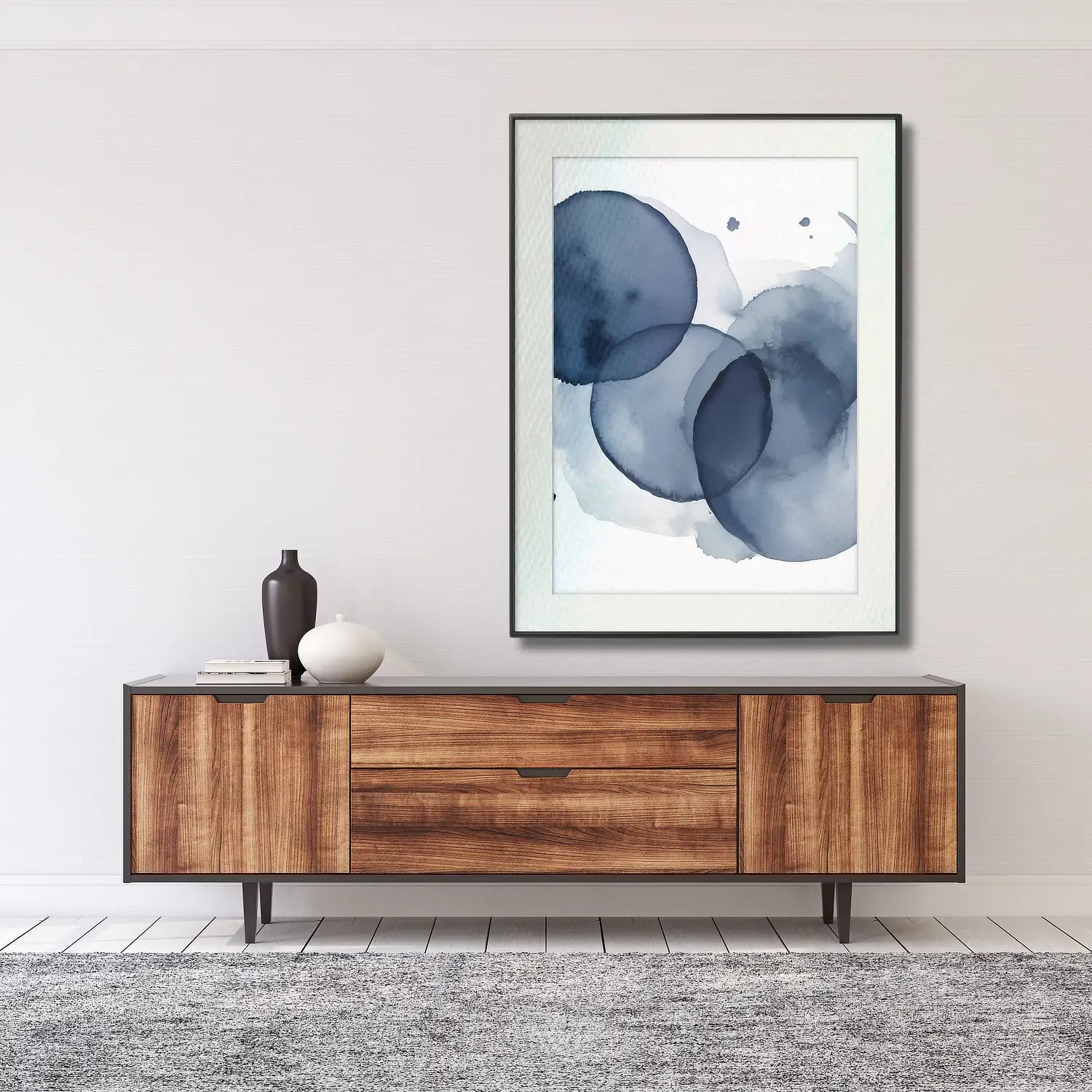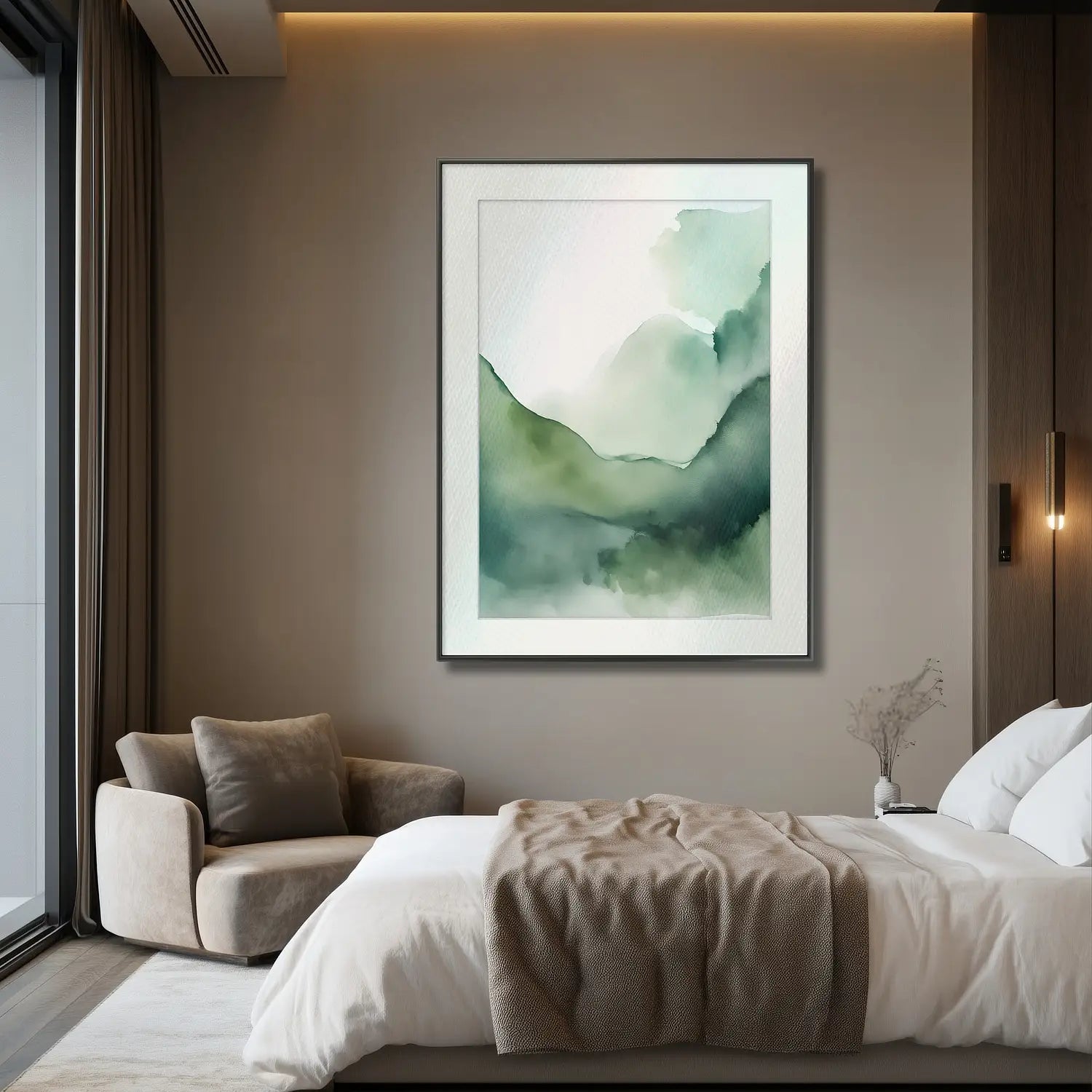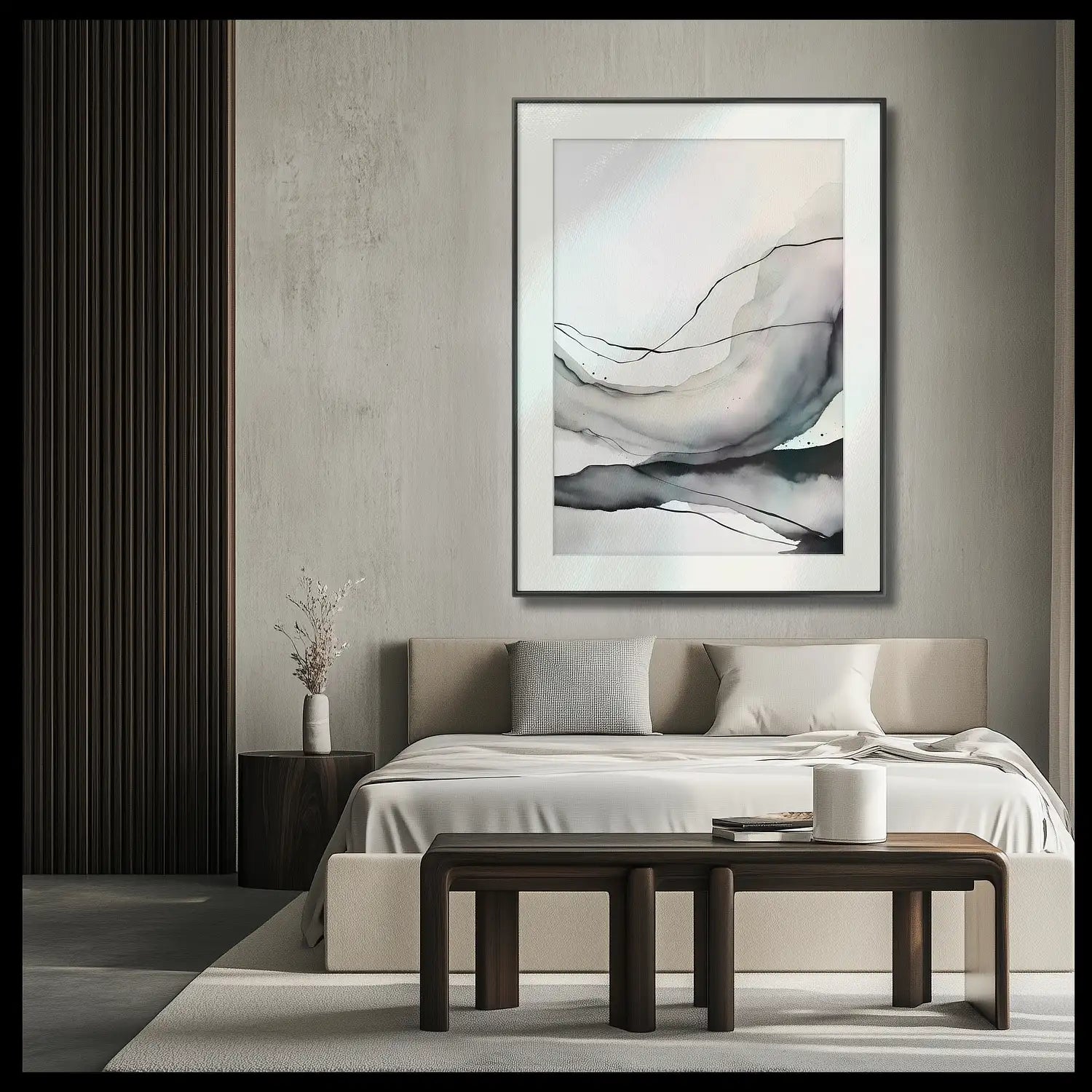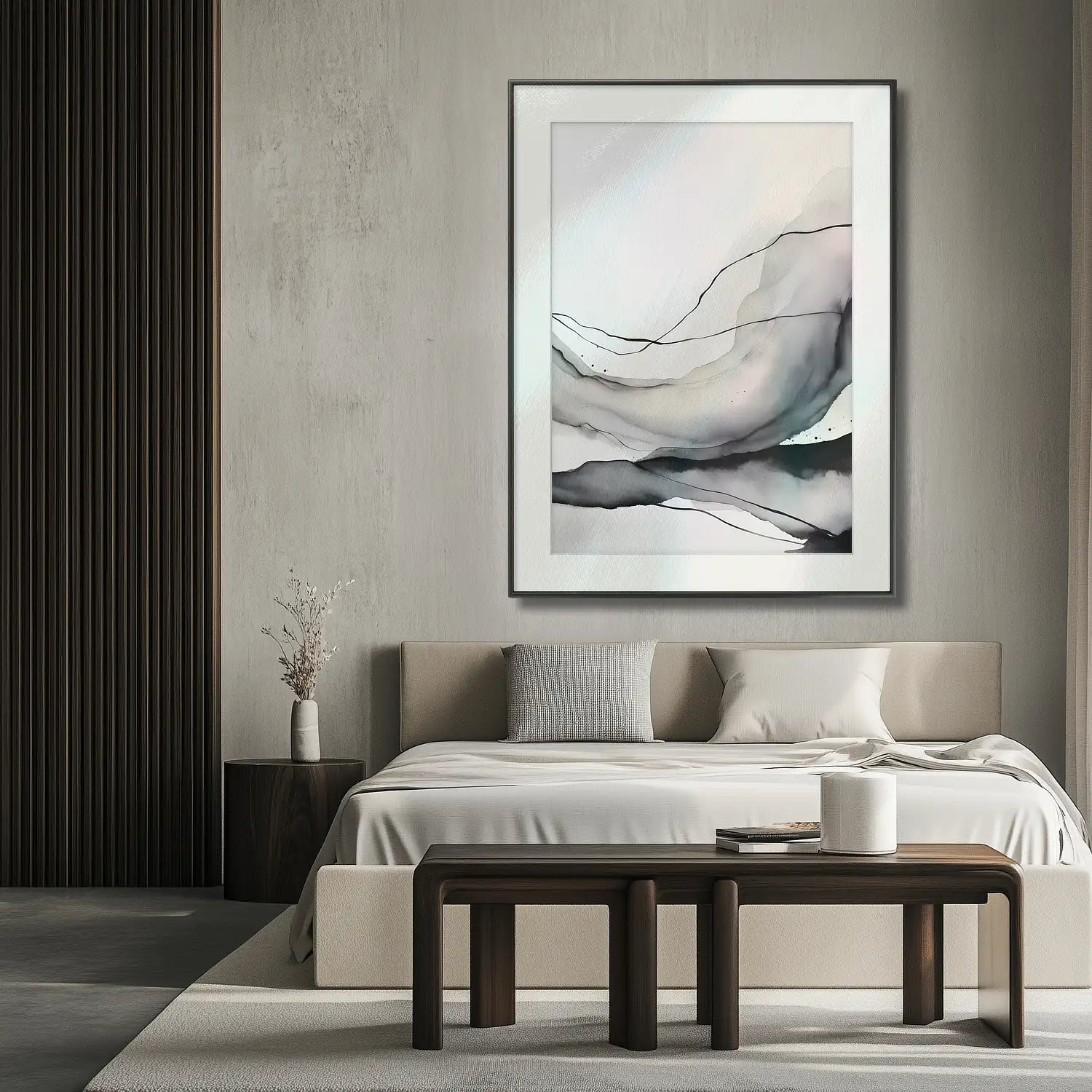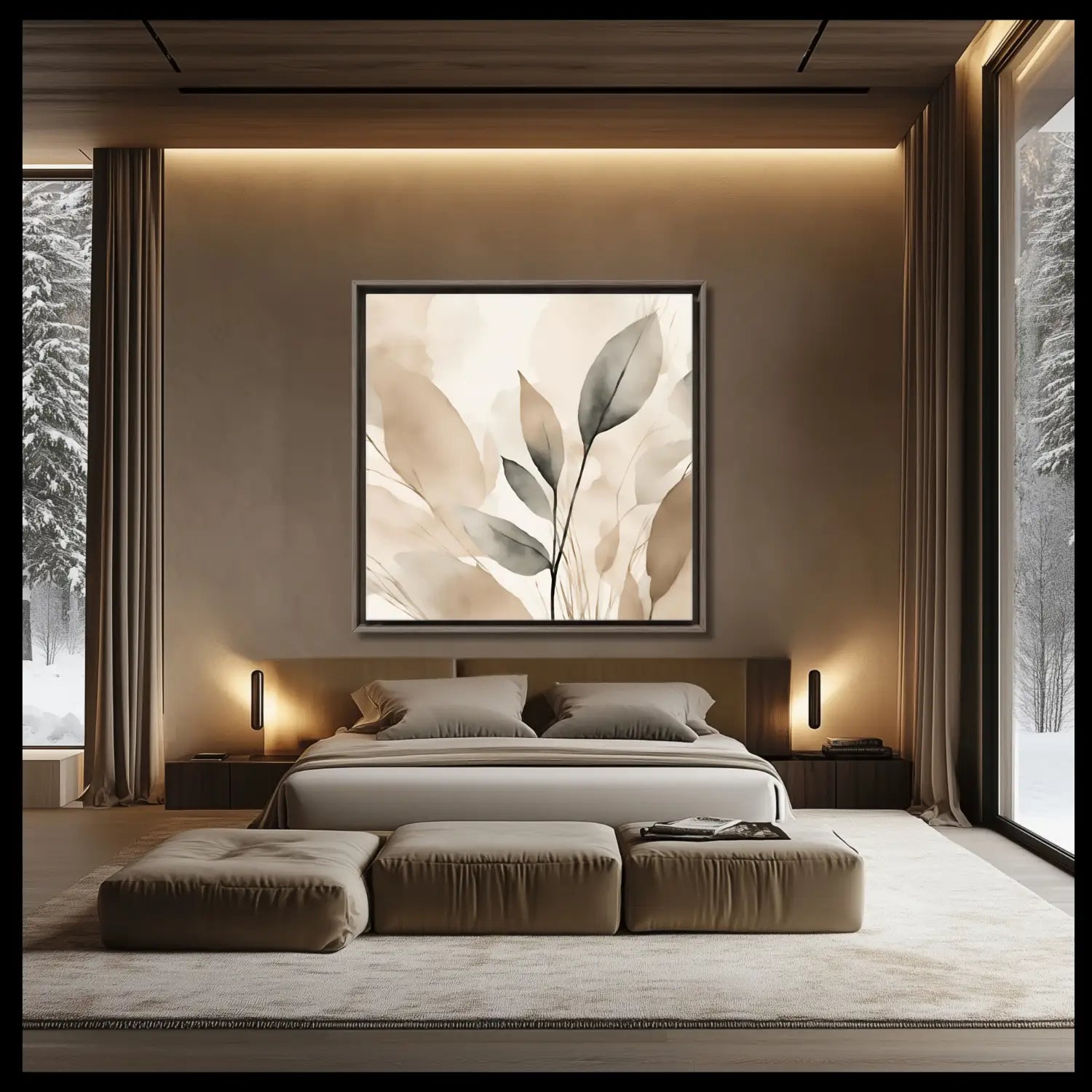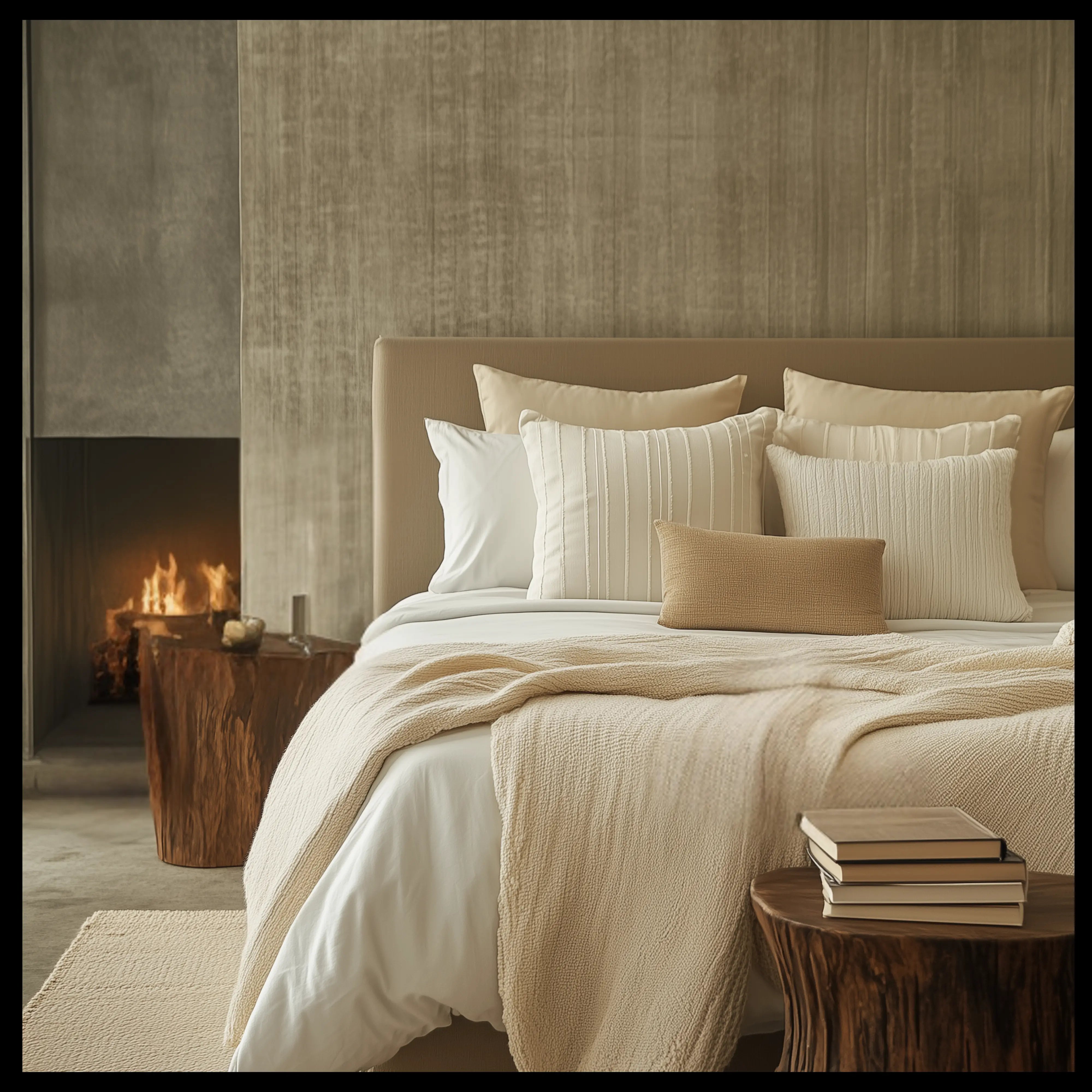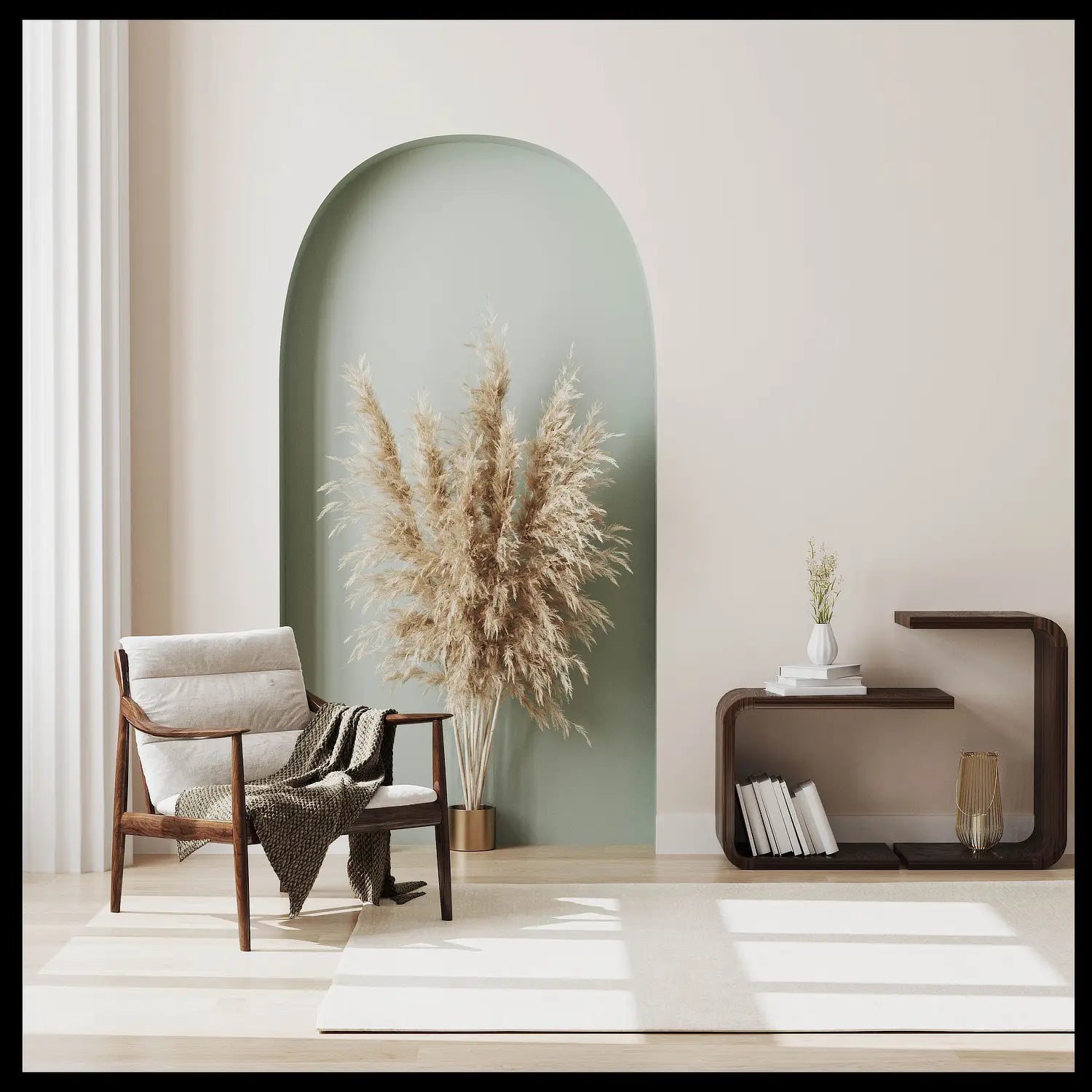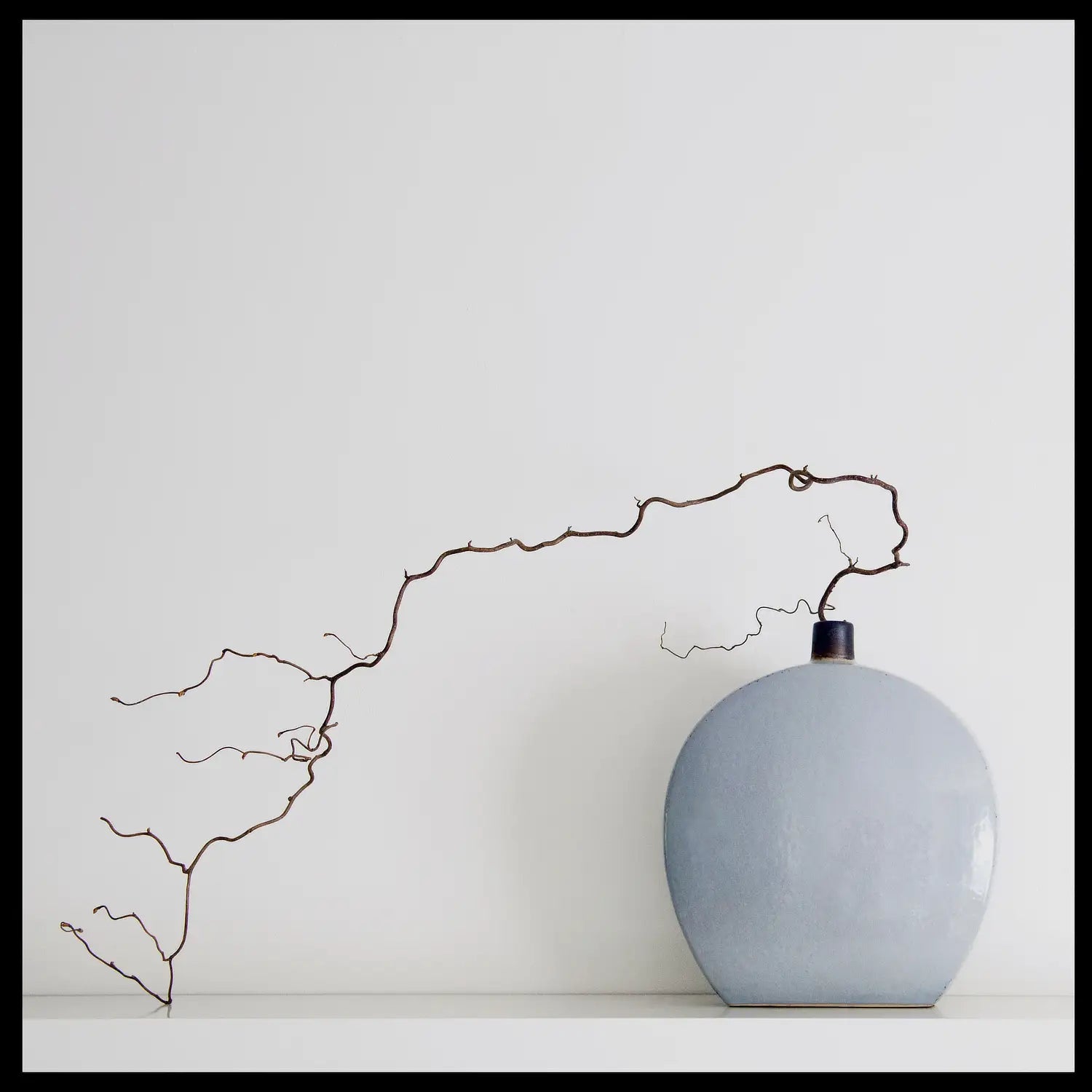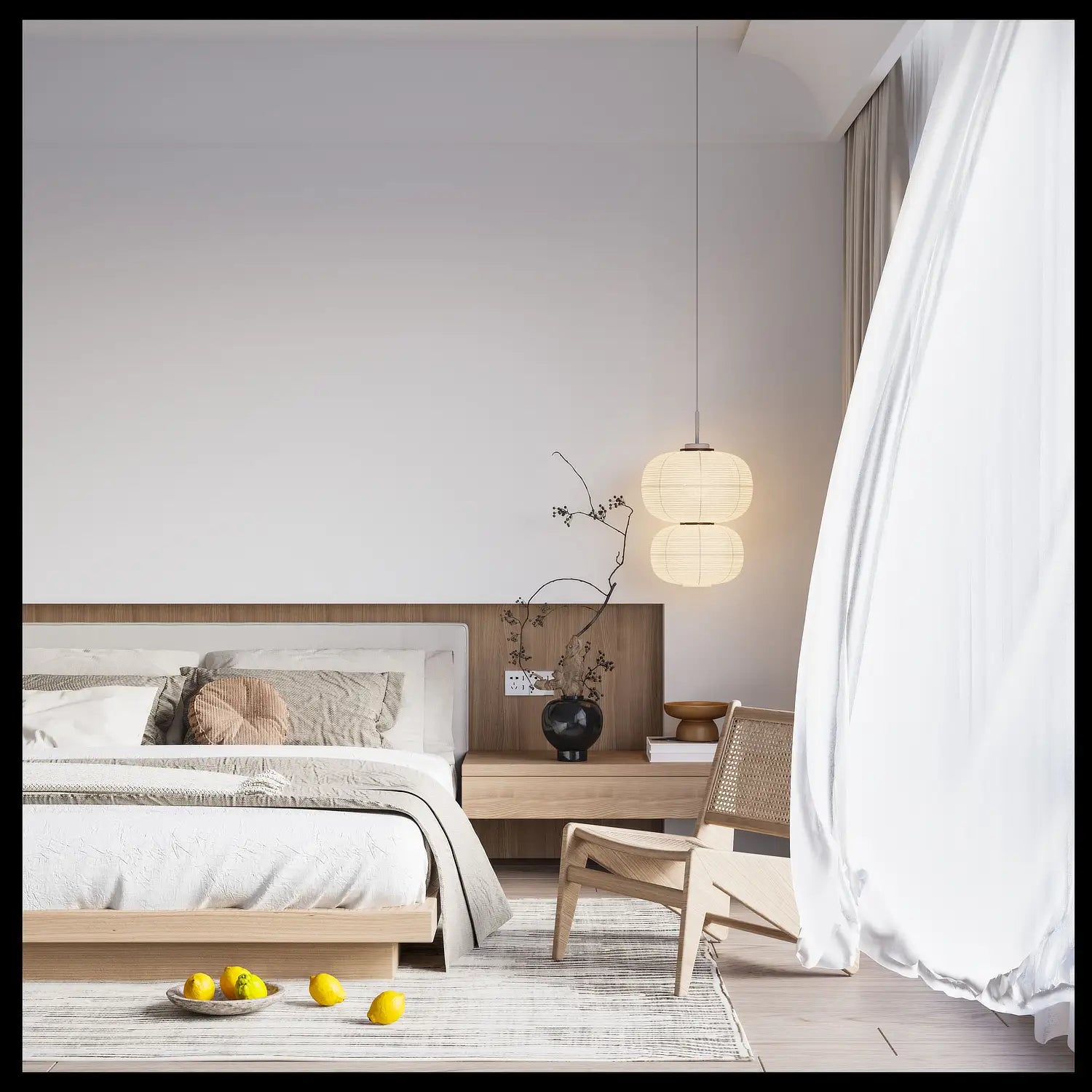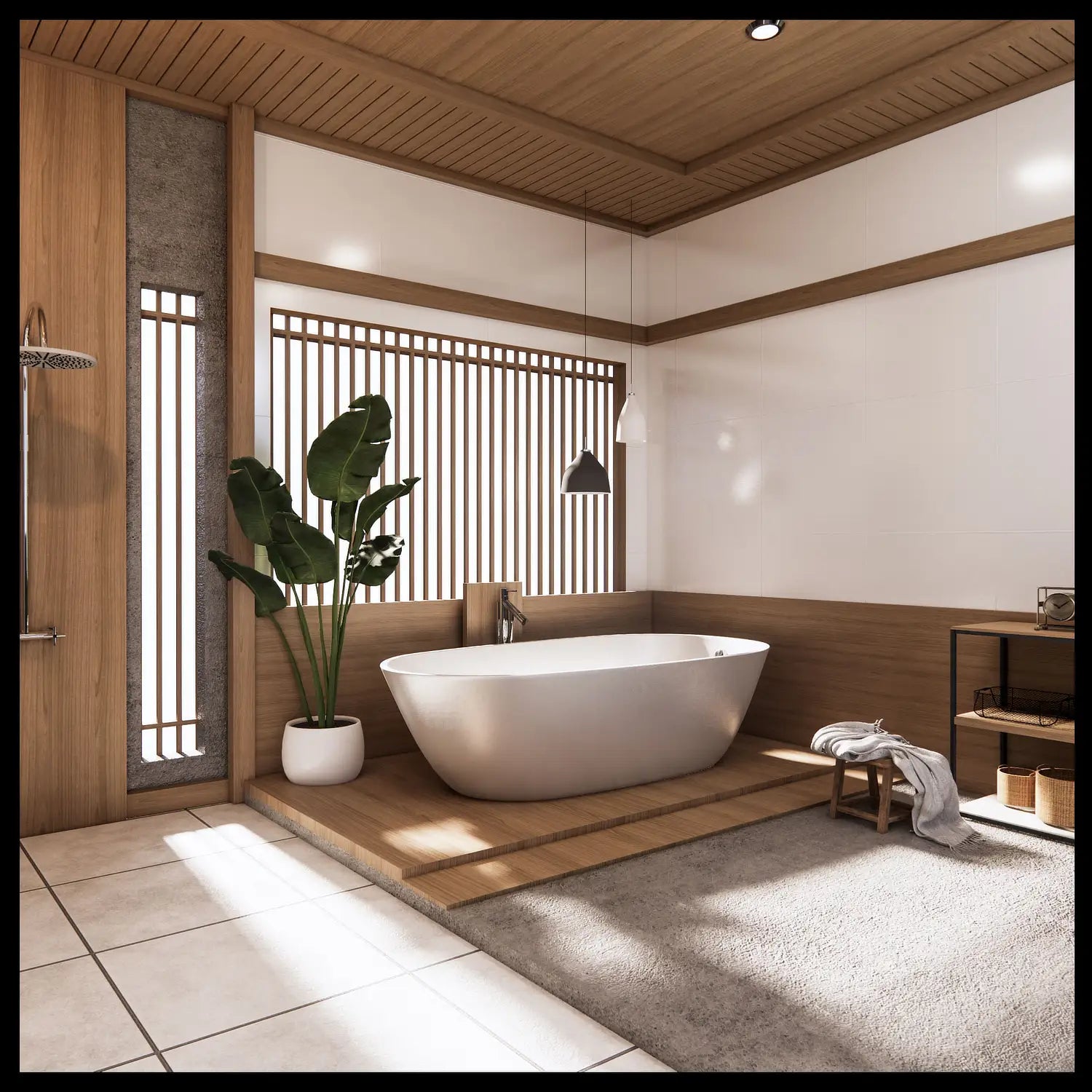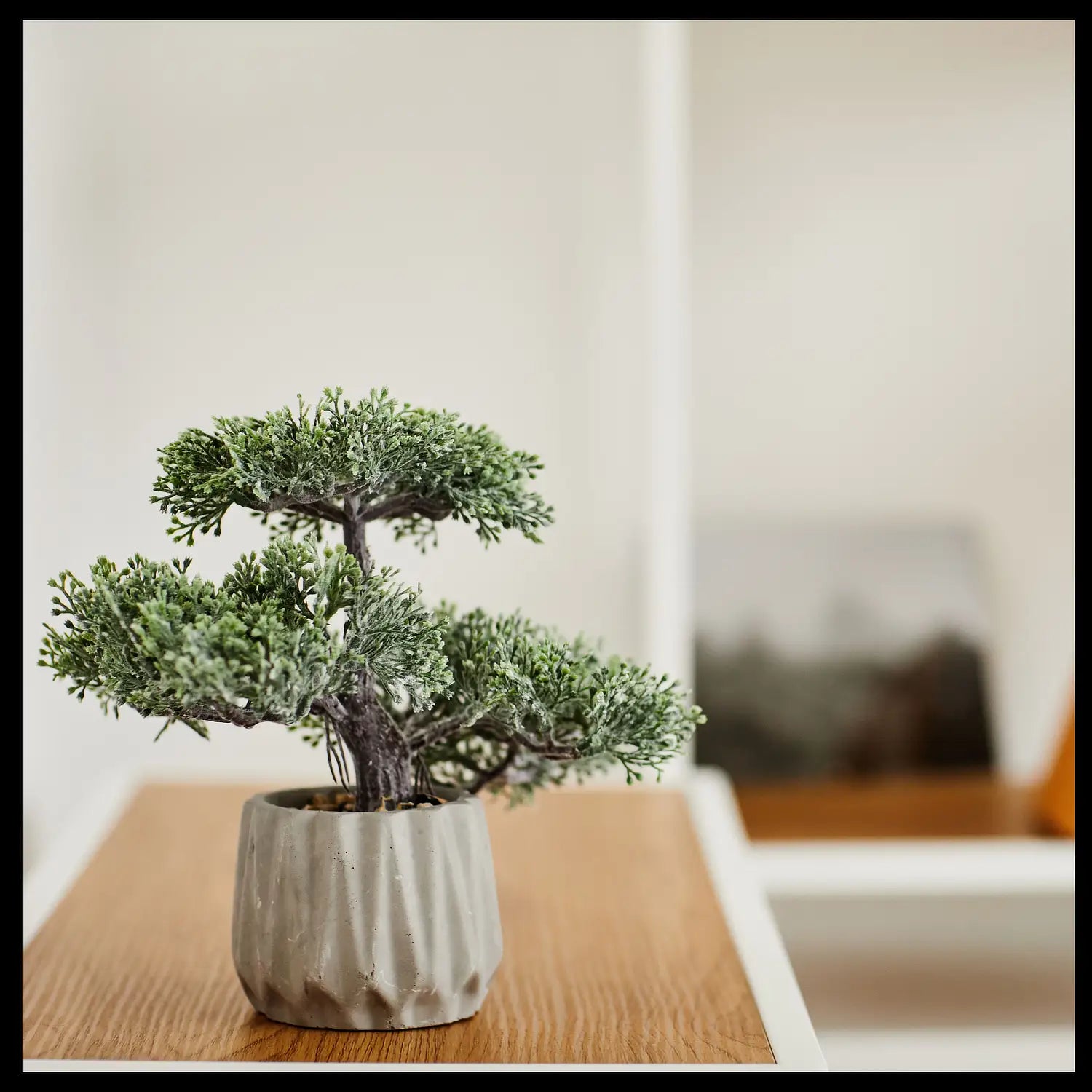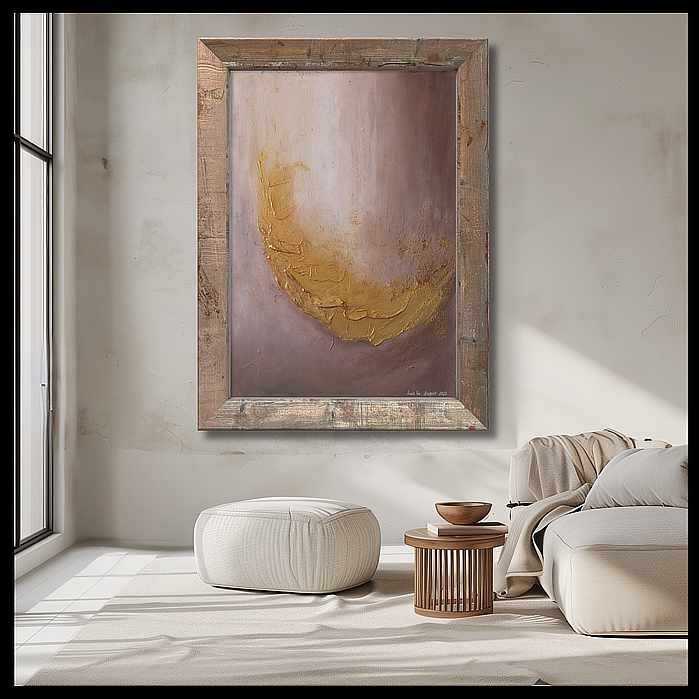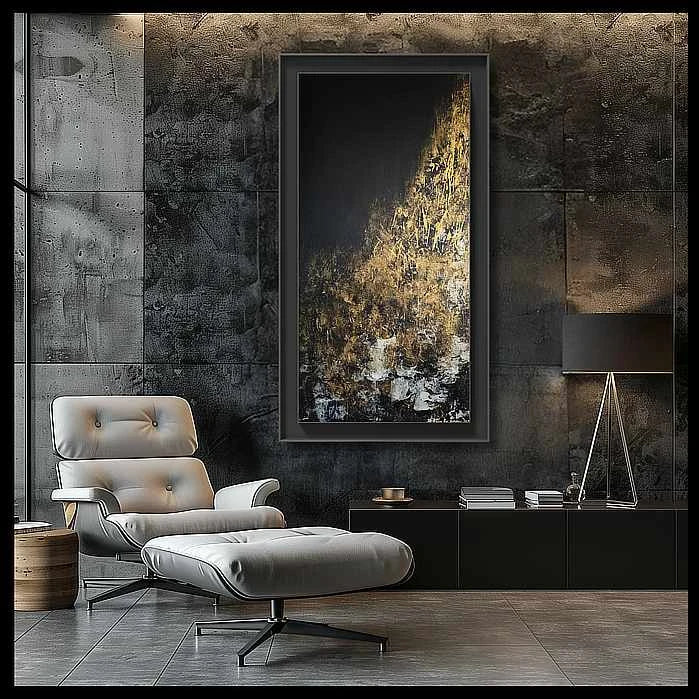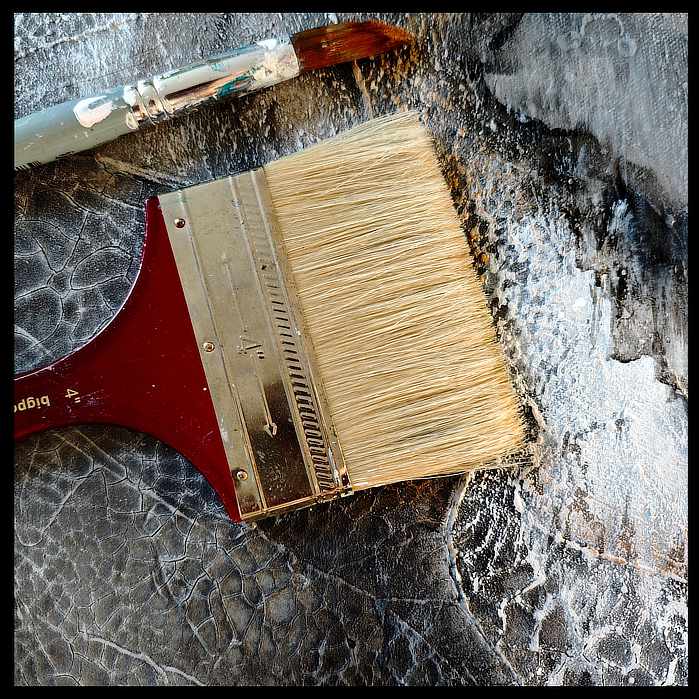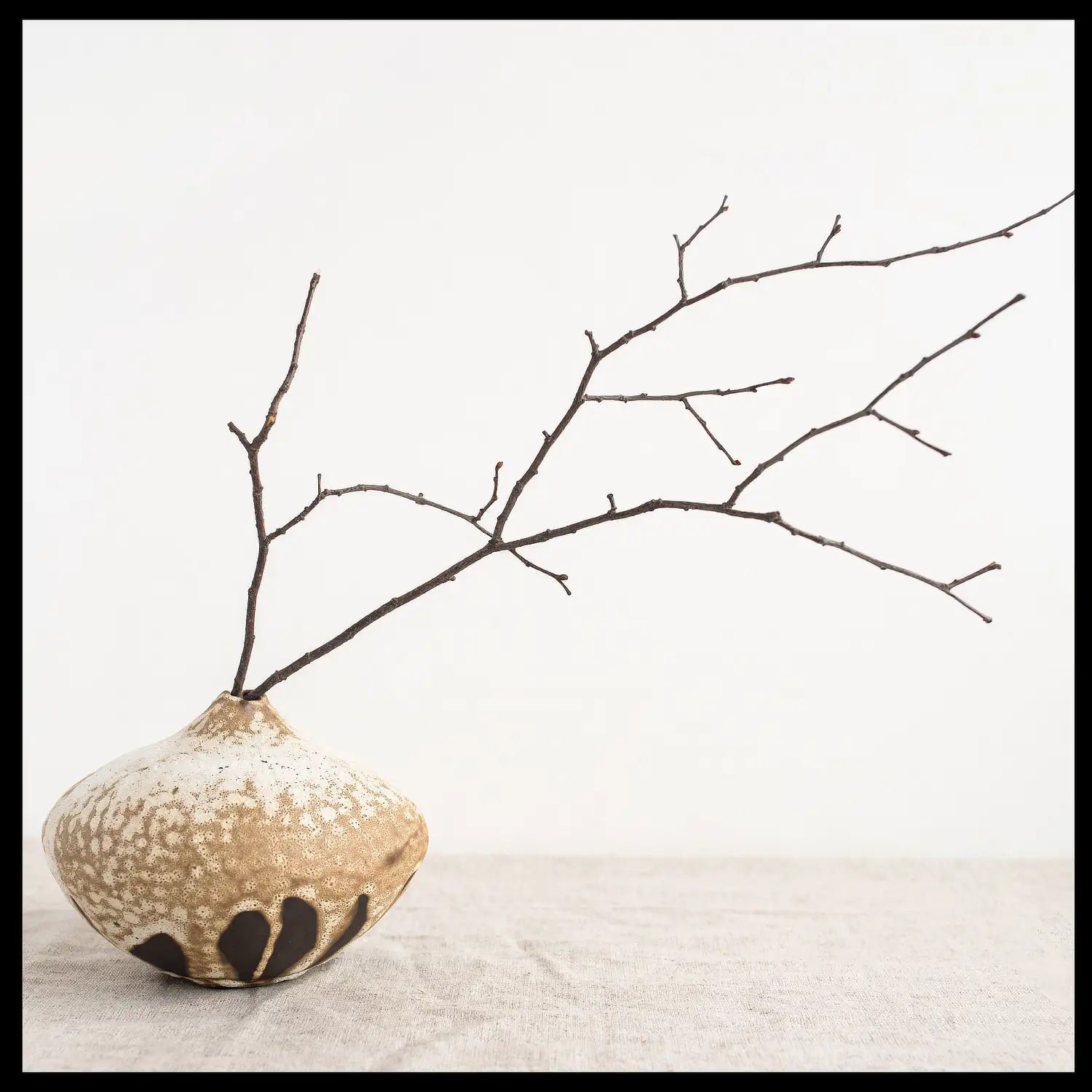
Modern Wabi Sabi interior design
Discover the Beauty of Wabi Sabi Interior Design Style
For centuries, Japanese designers have quietly championed a radical approach to beauty – one that prioritizes the flawed, the imperfect, and the naturally aged. The Wabi Sabi design style isn't simply a trend; it’s a philosophy rooted in Zen Buddhism that offers a profound and calming alternative to our modern obsession with pristine surfaces and flawless production.
If you are drawn to simplicity and spaces that exude a sense of tranquility and harmony, you may resonate with the timeless Japanese aesthetic of Wabi Sabi interior design. If you're seeking a design aesthetic that’s both deeply grounding and exquisitely stylish, this article will show you how to introduce Wabi Sabi into your space.
As we continue delving into different Asian design styles, today we will focus on the origins and meaning of Wabi Sabi, explore its key characteristics, materials used, and the benefits of incorporating this design style into your own space. Join me on a journey to discover the beauty of Wabi Sabi and how it can bring a sense of peace and serenity to your surroundings.
Understanding Wabi Sabi Design
To truly appreciate Wabi Sabi interior design, it is essential to understand the underlying philosophy that guides this aesthetic.
Wabi Sabi philosophy is deeply rooted in Japanese culture and is often associated with Zen Buddhism. It’s a concept that was used to describe a state of being content with what one has, rather than constantly desiring more.
The term “Wabi-Sabi” combines two distinct yet deeply interwoven concepts. “Wabi” (侘び) refers to humility, rusticity, and finding beauty in simplicity. It’s about embracing the understated and rejecting ostentation. “Sabishi” (寂々), on the other hand, speaks to emptiness, quietude, and the recognition of the transient nature of existence. The combination reflects a deliberate acceptance of aging, change, and the inevitable passage of time.
Wabi Sabi is rooted in the belief that beauty can be found in imperfection, impermanence, and simplicity. It celebrates the natural cycle of growth, decay, and transformation, embracing the beauty of aging and the passing of time. This design style values asymmetry, simplicity, and modesty, reflecting a deep respect for nature and the authenticity of materials.
By incorporating Wabi Sabi elements into your space, you can create a sense of tranquility and harmony that resonates with the essence of this ancient Japanese aesthetic.
Characteristics of Wabi Sabi Style
Incorporating Wabi Sabi design into your space involves embracing certain key characteristics. These include a focus on simplicity, imperfection, and impermanence, as well as a deep appreciation for the beauty that comes with time and wear. Wabi Sabi style often features natural materials such as wood, stone, and clay, along with earthy colors and organic textures. By understanding these key elements, you can begin to create a space that embodies the essence of Wabi Sabi design. In more practical terms, Wabi Sabi style is defined by:
Embracing imperfection:
Wabi Sabi celebrates the beauty of natural materials, such as wood, stone, and paper, in their raw, unpolished state.
Asymmetrical balance:
Forget rigid symmetry. Wabi Sabi favors organic shapes and uneven arrangements. This creates a more relaxed, natural feel.
Simplicity:
The style eschews clutter and ornamentation, instead opting for clean lines, minimalism, and a sense of restraint. Wabi Sabi is not about eliminating everything. It's about curating possessions – prioritizing quality and function over collecting.
Natural materials:
Wood, bamboo, paper, ceramics, stone, and linen are foundational. These materials are chosen for their inherent qualities – grain, texture, and color – rather than for a polished appearance. Natural fibers are staples of Wabi Sabi design, often used in combination with other earthy elements.
Imperfect surfaces, aging and patina:
Embrace the patina of age. Distressing, carving, and visible wear are celebrated rather than concealed. Wabi Sabi celebrates the beauty of aging materials, often incorporating antique or vintage pieces into the design.
Neutral palette:
The color scheme tends towards muted tones: creams, browns, grays, ochre, and greens are frequently employed. Pops of color will often come from natural elements like dried branches or a handcrafted ceramic.
Texture is king:
Wabi-Sabi relies heavily on tactile experiences. Rough textures, cool to touch and warm to touch, provide depth and interest.
Materials that Echo the Spirit of Wabi-Sabi
Materials in Wabi Sabi Design should be carefully chosen to reflect the natural, imperfect beauty that is at the heart of this aesthetic. Opt for materials that show signs of age and wear, such as reclaimed wood, handmade pottery, and weathered stone. These elements add character and warmth to your space, inviting a sense of tranquility and calmness. By selecting materials that evoke a sense of nature and simplicity, you can create a space that truly embodies the essence of Wabi Sabi design. Selecting the right materials is essential for achieving an authentic Wabi-Sabi design.
Wood:
natural, unpolished, reclaimed wood, rough-hewn planks, and naturally aged timbers are ideal. The grain and knots tell a story of time and resilience.
Ceramics:
Hand-thrown pottery, glazed in matte finishes or left raw, are central to the aesthetic. The irregularities contribute to the overall serenity.
Bamboo:
Lightweight, strong, and naturally beautiful, bamboo adds an organic feel, warmth and texture to spaces.
Stone:
Slate, moss rock, or river stone can be utilized for flooring, countertops, or decorative accents—each adding layers of history.
Linen & Cotton:
These fabrics provide warmth and texture, while offering a comfortable and inviting tactile experience.
Natural fibers:
Jute, sisal, and other natural fibers are commonly used in Wabi Sabi design, often in combination with wood or bamboo.
Materials to Avoid in Wabi-Sabi
While Wabi Sabi celebrates the beauty of natural materials, there are some that don't quite fit the bill. Here are a few to avoid:
Synthetic materials:
Materials like plastic, vinyl, and other synthetic materials are antithetical to the Wabi Sabi philosophy.
Bright colors:
Bright colors can be overwhelming in a Wabi Sabi space, so it's best to stick with natural hues.
Wabi-Sabi in Modern Interiors: Practical Applications
Implementing Wabi-Sabi in a contemporary apartment doesn’t require a complete overhaul. These are some strategic ways to incorporate it:
Entryway Zen:
A weathered wooden console table paired with a simple, hand-thrown ceramic bowl for holding keys offers a calming first impression.
Living Room Harmony:
Introduce a low-pile wool rug with a slightly uneven weave, paired with a linen sofa and a coffee table constructed from reclaimed wood. Layer cushions in natural shades.
Dining Area Reflection:
A rustic wooden dining table, paired with simple ceramic plates and linen napkins, fosters connection and conversation.

Bedroom Sanctuary:
A hand woven bamboo headboard, a linen bedspread, and a softly textured cotton throw create a space of relaxation and tranquility.

Kitchen’s Quiet Touch:
Utilize open shelving that displays ceramics, wooden cutting boards, and linen dishcloths.

Beyond Decoration: The Philosophy of Wabi-Sabi and Benefits of Incorporating it to your Home
Wabi Sabi design is timeless and it won't go out of style anytime soon, however incorporating Wabi Sabi into your interior design can offer a range of benefits beyond just aesthetic appeal. One of the main advantages is the creation of a peaceful and harmonious environment that promotes a sense of calm and tranquility. The emphasis on natural materials and simplicity helps to reduce visual clutter and create a space that feels grounded and balanced. Each Wabi Sabi space is unique, thanks to the emphasis on natural materials and imperfection.
In addition to the visual benefits, Wabi Sabi design can also have a positive impact on your emotional well-being. Wabi Sabi spaces are designed to promote calmness and serenity. The idea of embracing imperfection and transience encourages a shift in mindset towards acceptance and appreciation of the beauty in things that are imperfect or incomplete. This can help cultivate a sense of gratitude and contentment in your daily life, fostering a deeper connection to the present moment.

Is Wabi Sabi for you?
Wabi Sabi interior design is perfect for those who value simplicity, serenity, and a connection to nature.
Overall, incorporating Wabi Sabi into your interior design can result in a space that not only looks beautiful but also feels emotionally comforting. By embracing the principles of Wabi Sabi, you can create a home that reflects your values and promotes a sense of mindfulness and serenity in your everyday life., If you're looking for a space that promotes calmness and clarity, Wabi Sabi might be the perfect choice.
In a world that often values perfection and permanence, Wabi Sabi interior design offers a refreshing perspective that celebrates imperfection and impermanence. By understanding the principles and characteristics of Wabi Sabi style, embracing natural materials, and appreciating the benefits it brings to our living spaces, we can create a sense of peace and harmony in our homes. As you explore the beauty of Wabi Sabi design, consider incorporating its essence into your own space to cultivate a deeper connection with your surroundings. Remember, true beauty lies in the imperfect and transient moments of life. As the Japanese proverb goes, "Beauty in things exists in the mind which contemplates them."
For more on Wabi Sabi I invite you to explore these resources:
The design files on wabi Sabi style interiors
Housebeautiful on wabi-sabi interior design
The design files on japanese style interiors
Quiet Luxury Journal on Japanese Design Aesthetics
Quiet Luxury Journal on Zen Style
ALWAYS WITH LUXURY AND ELEGANCE IN MIND,









